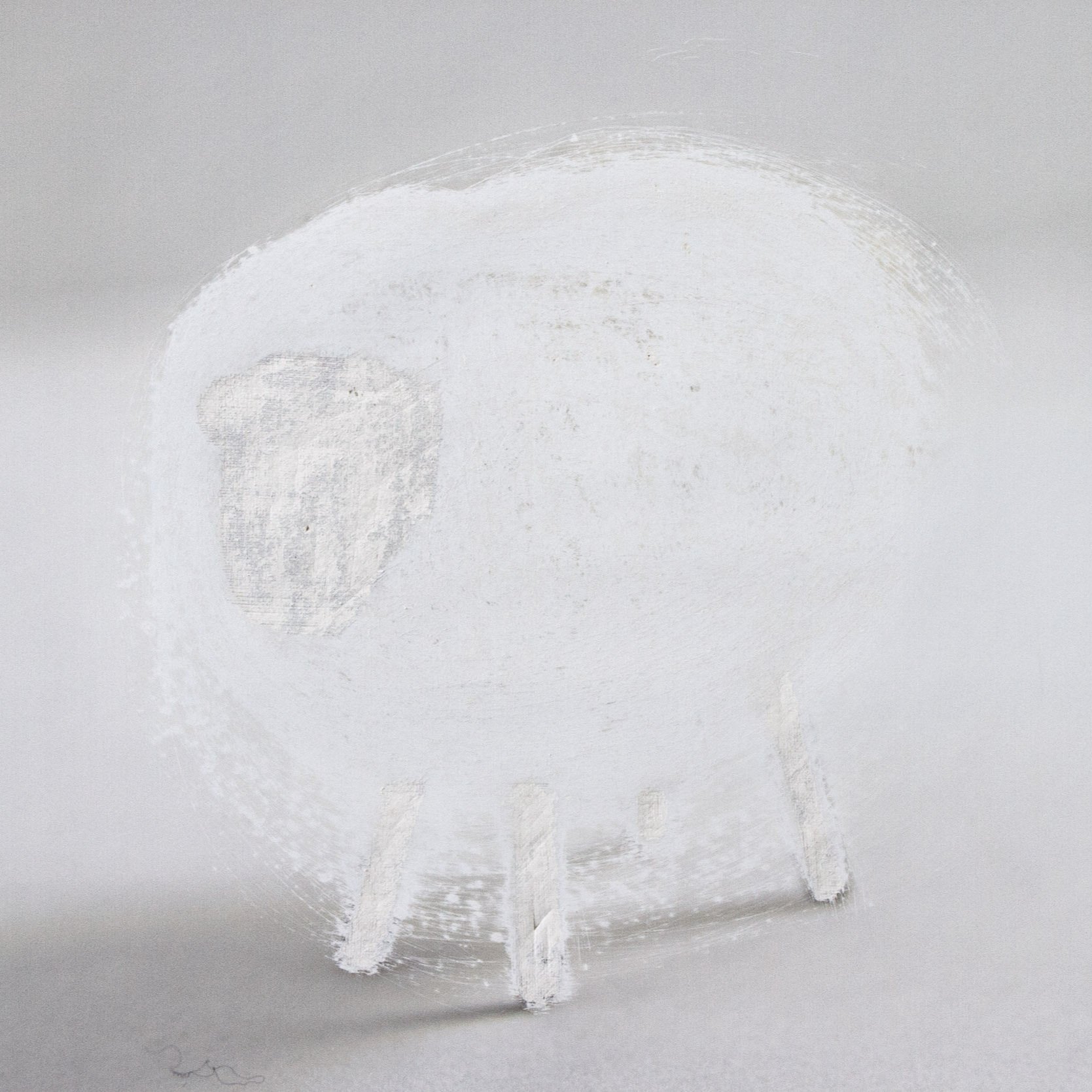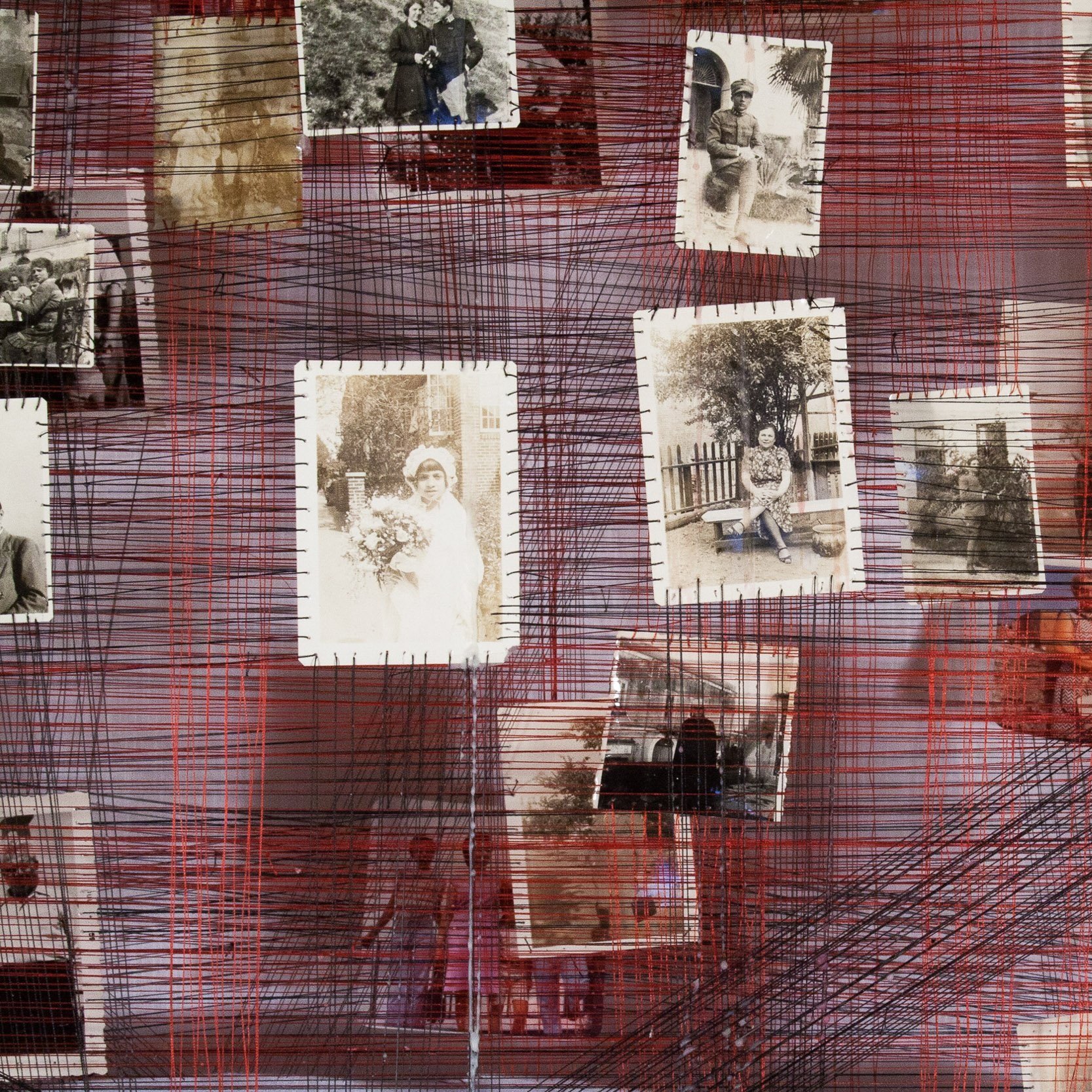

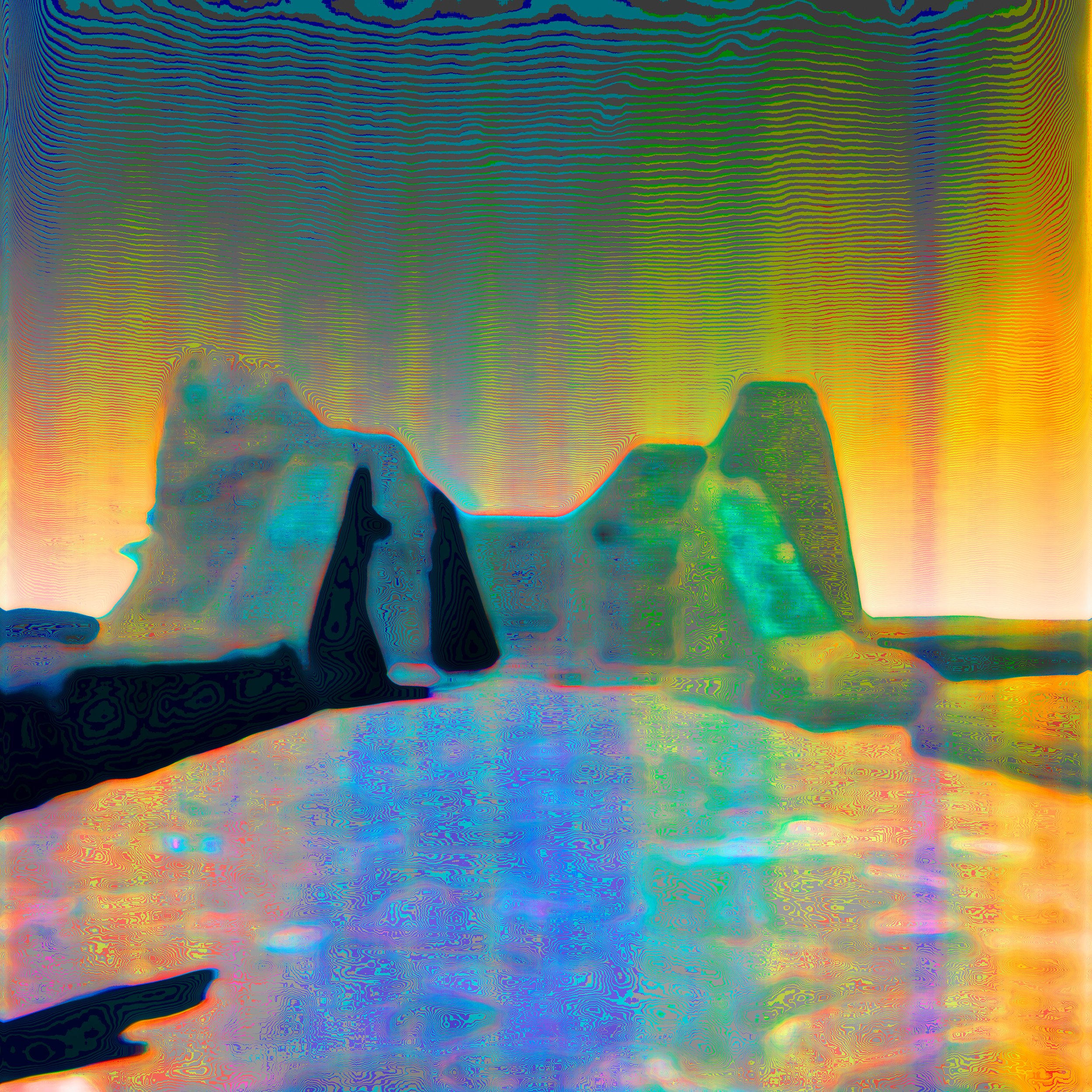

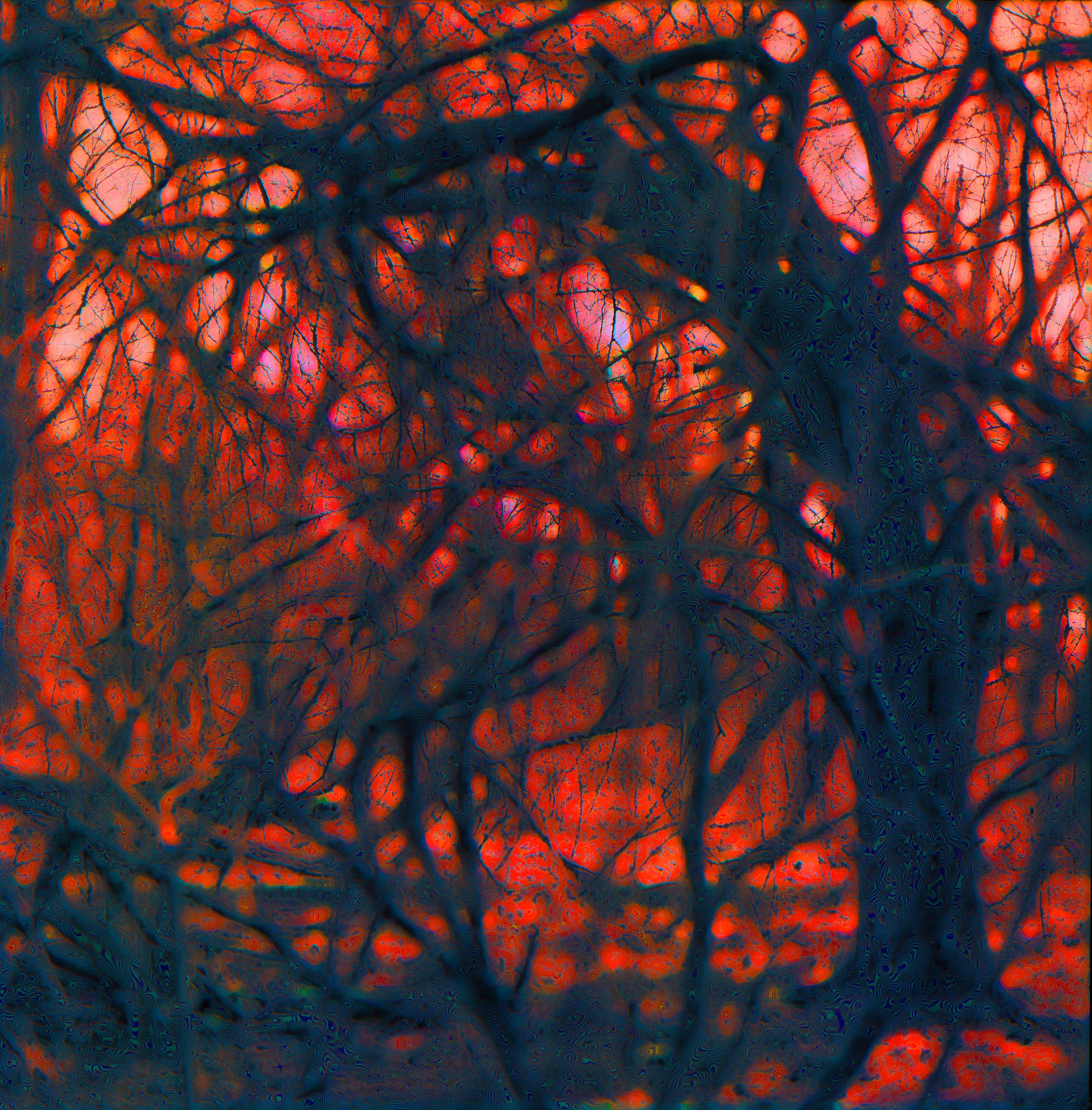
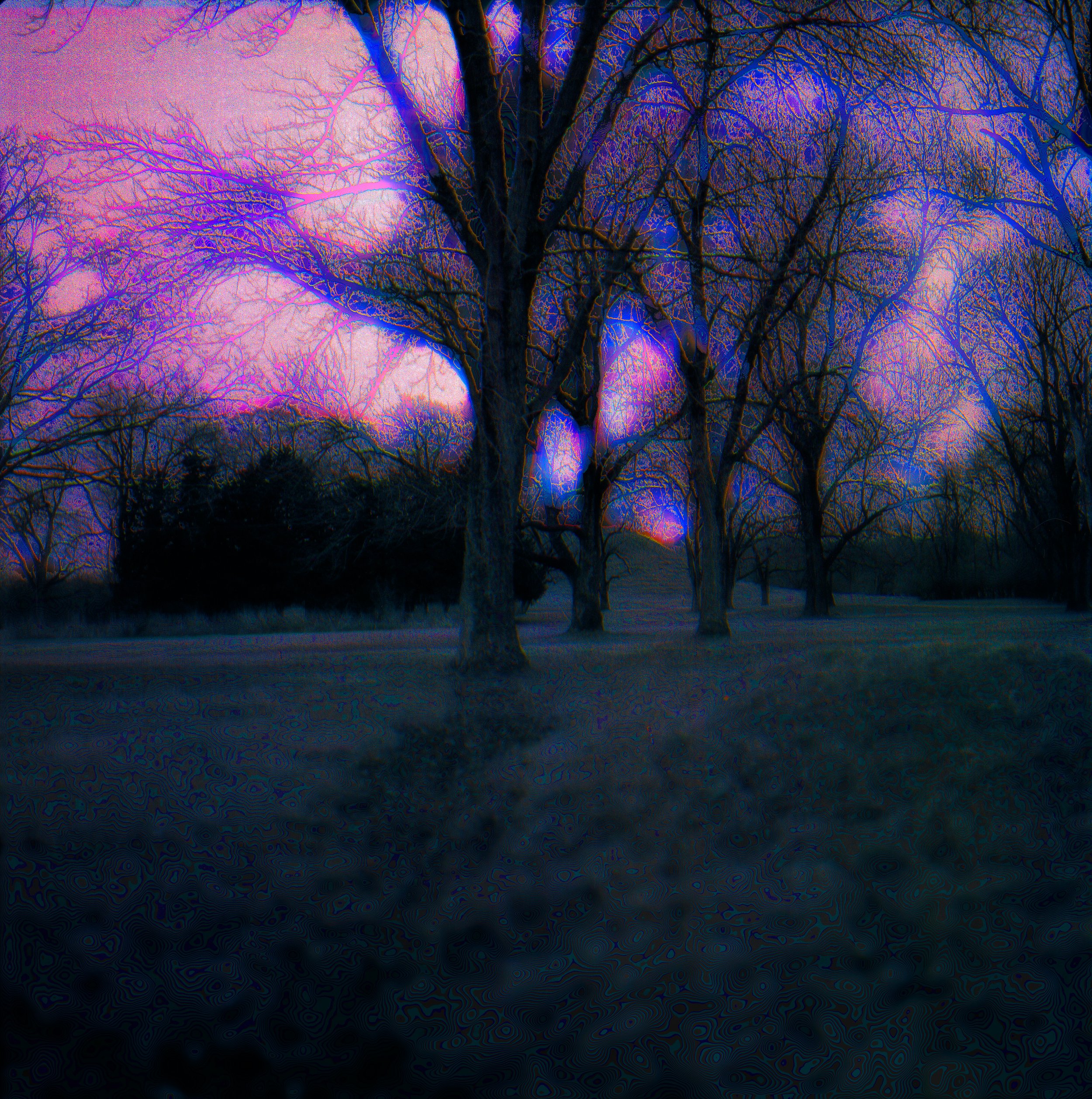
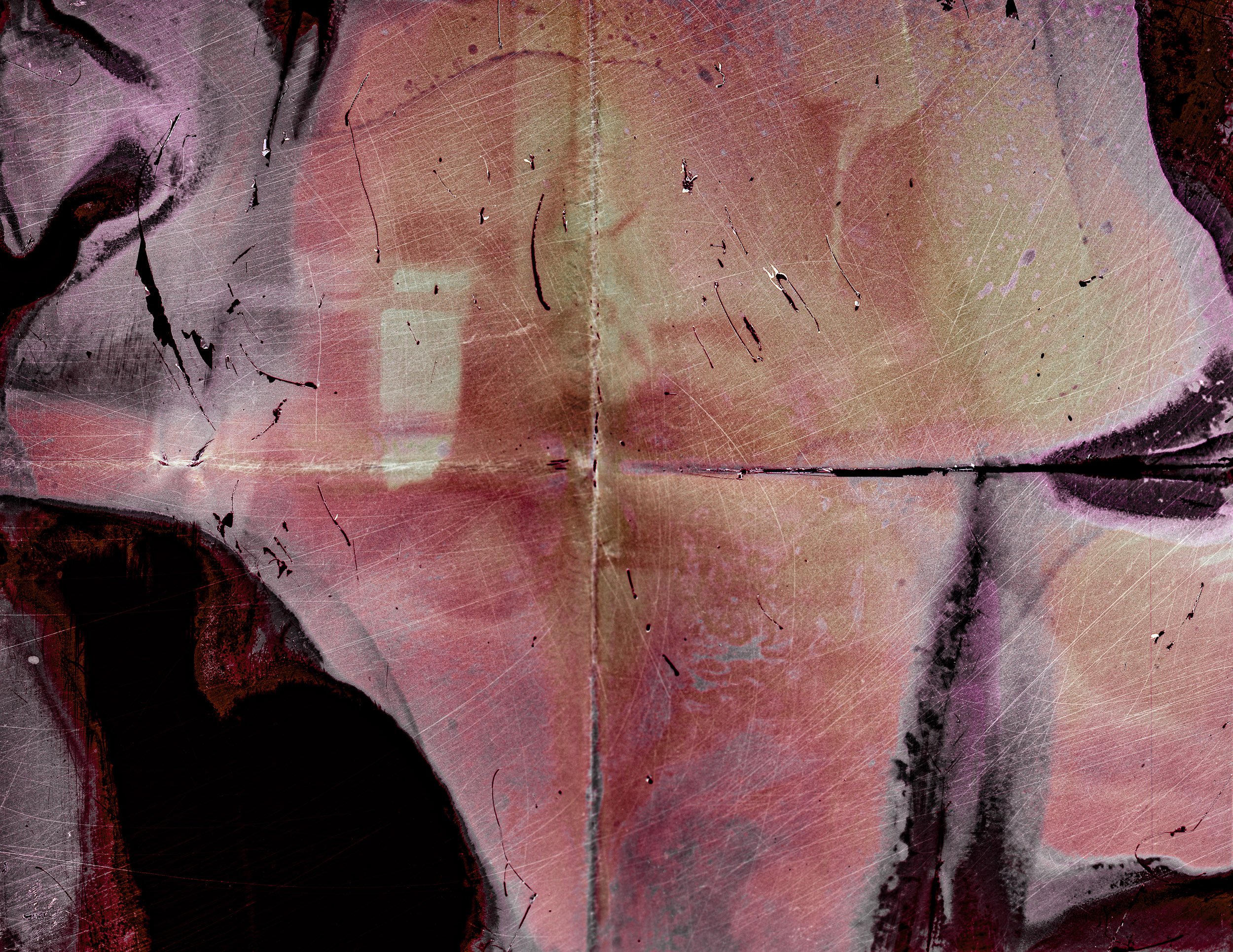

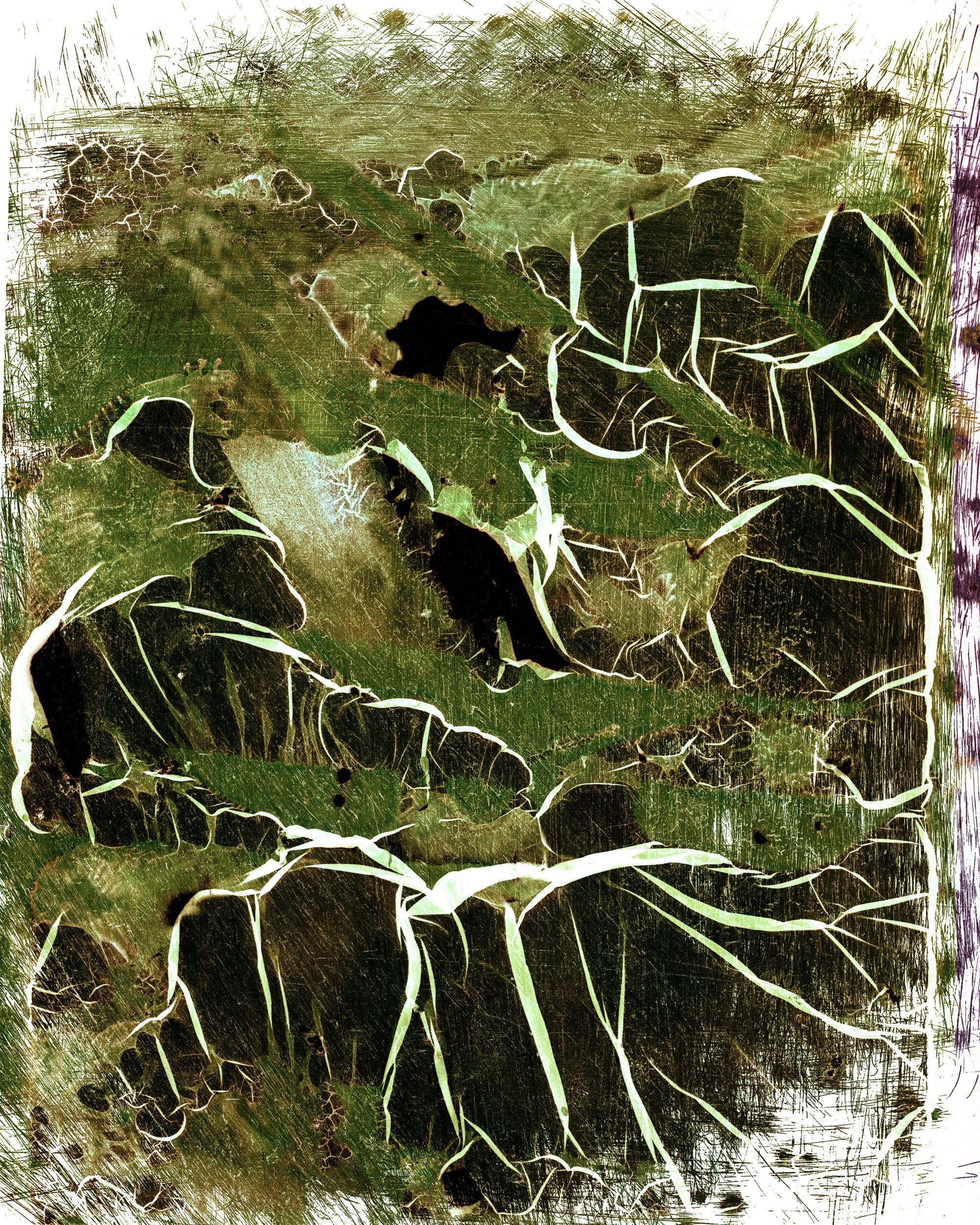

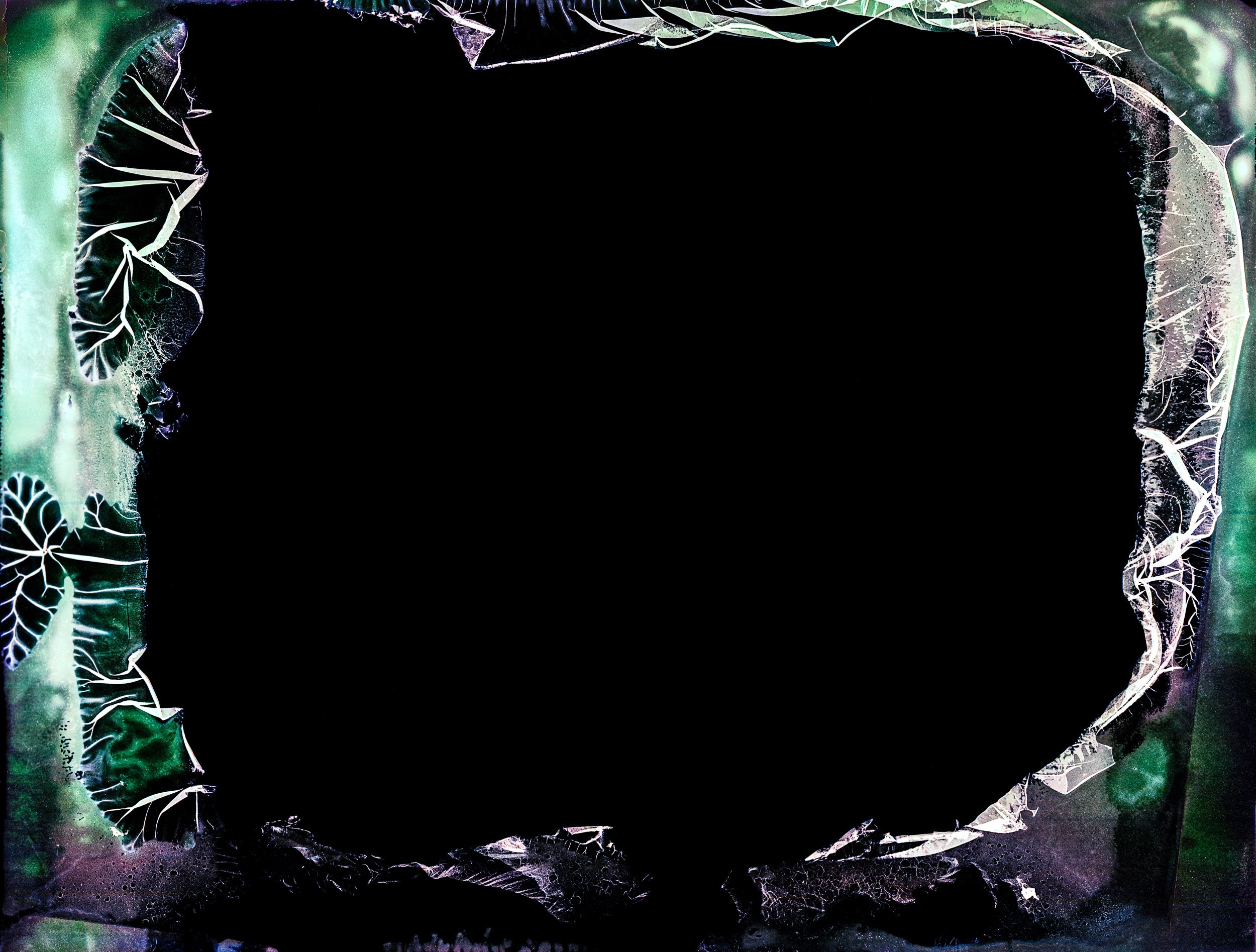

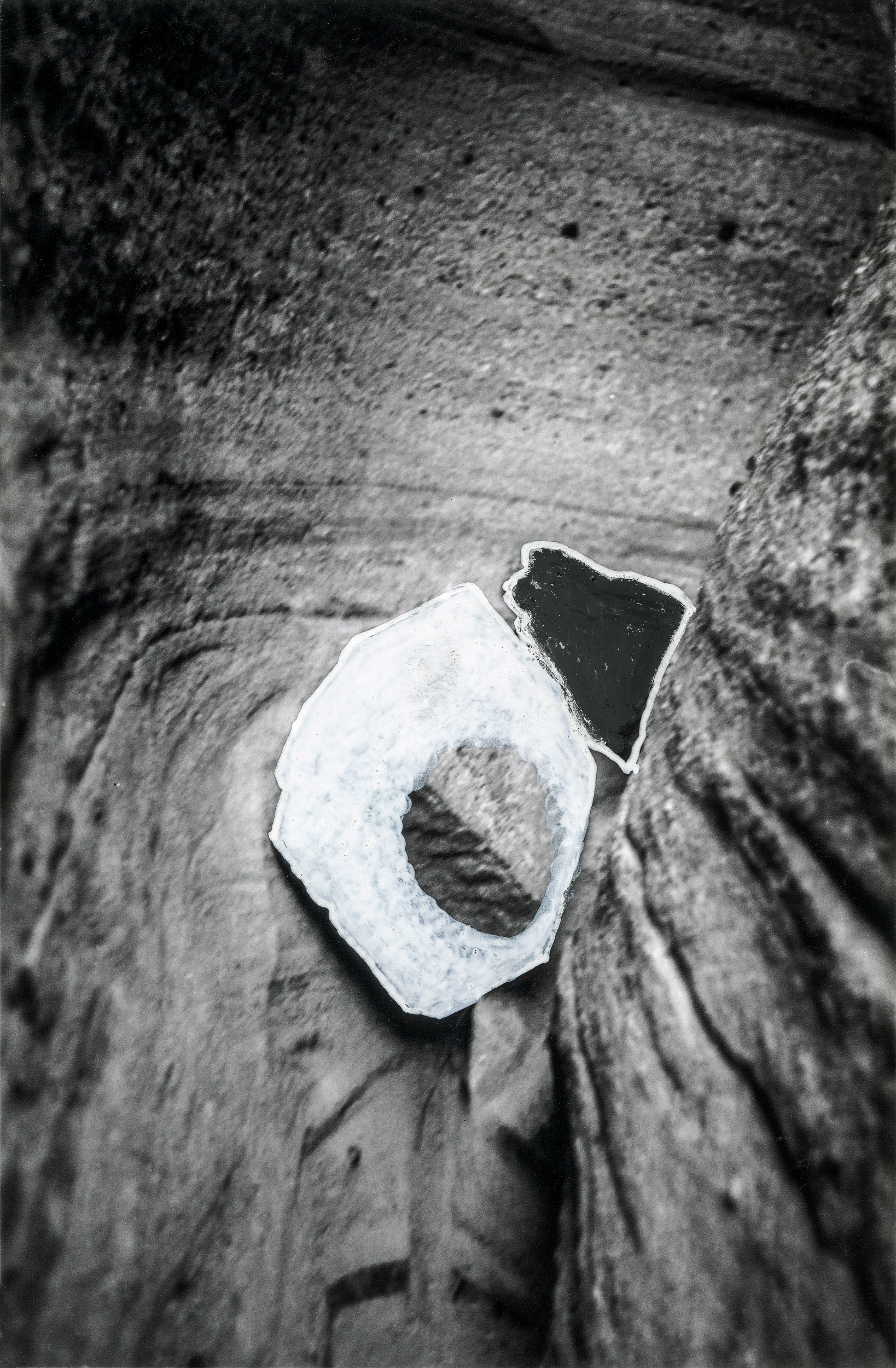
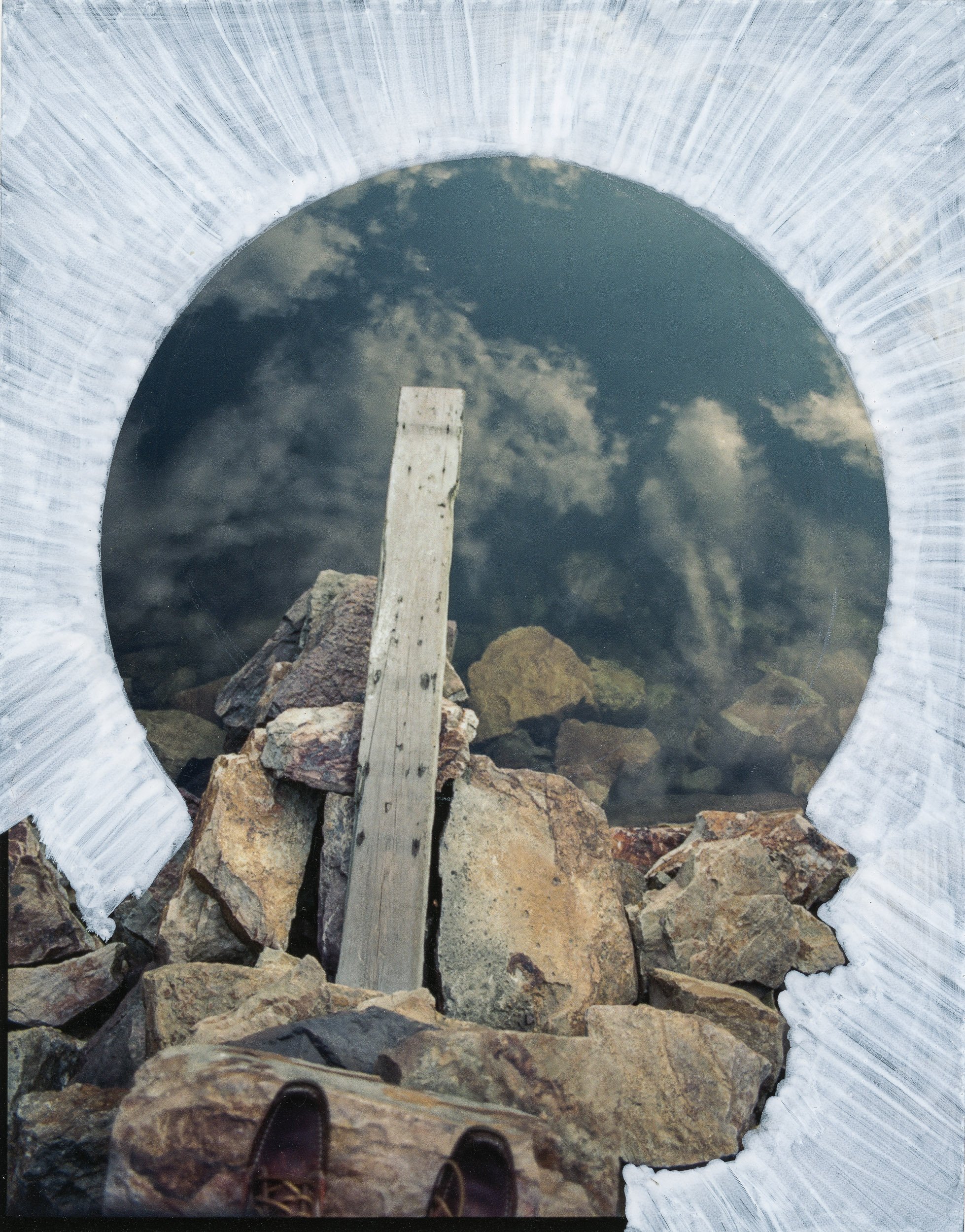
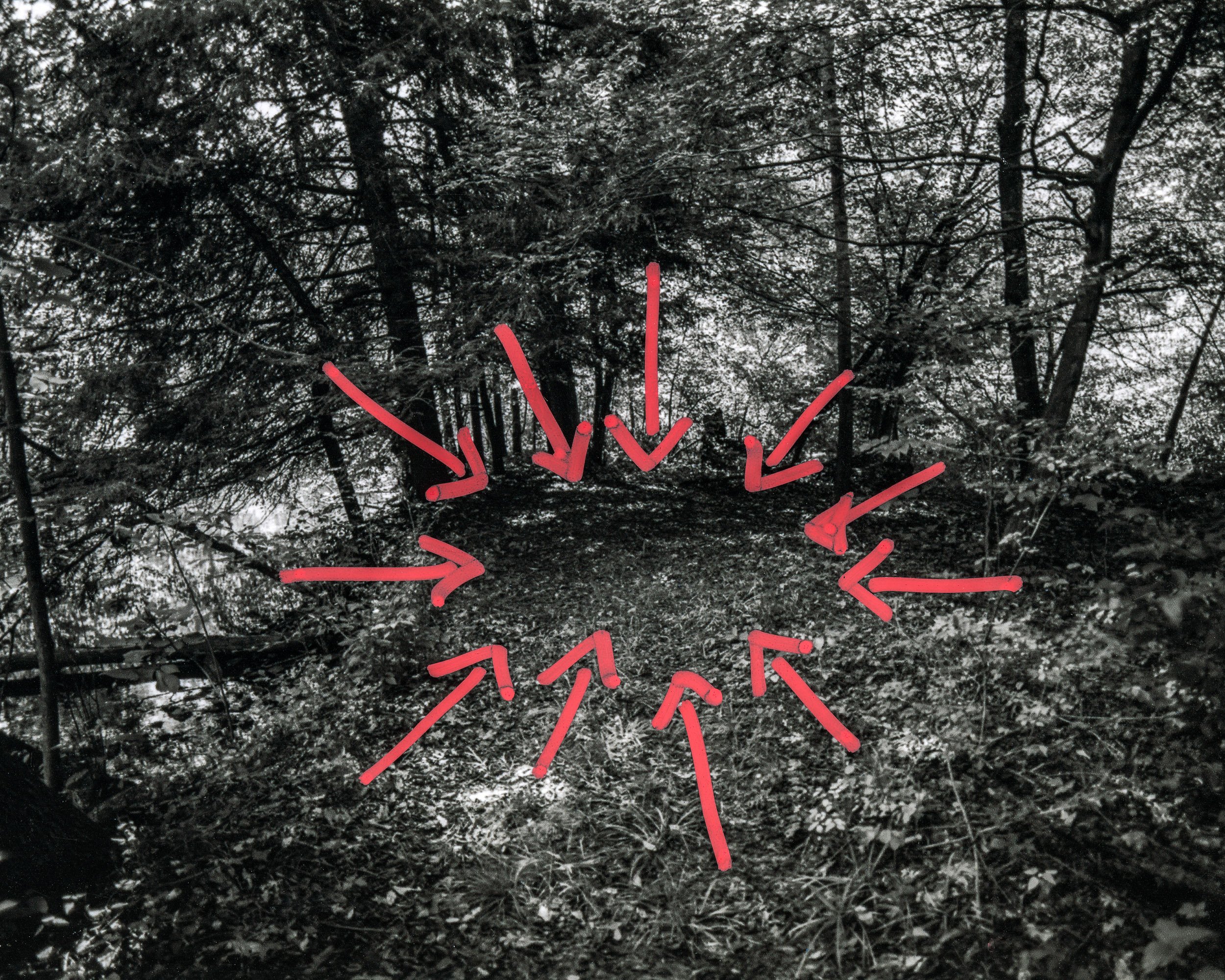
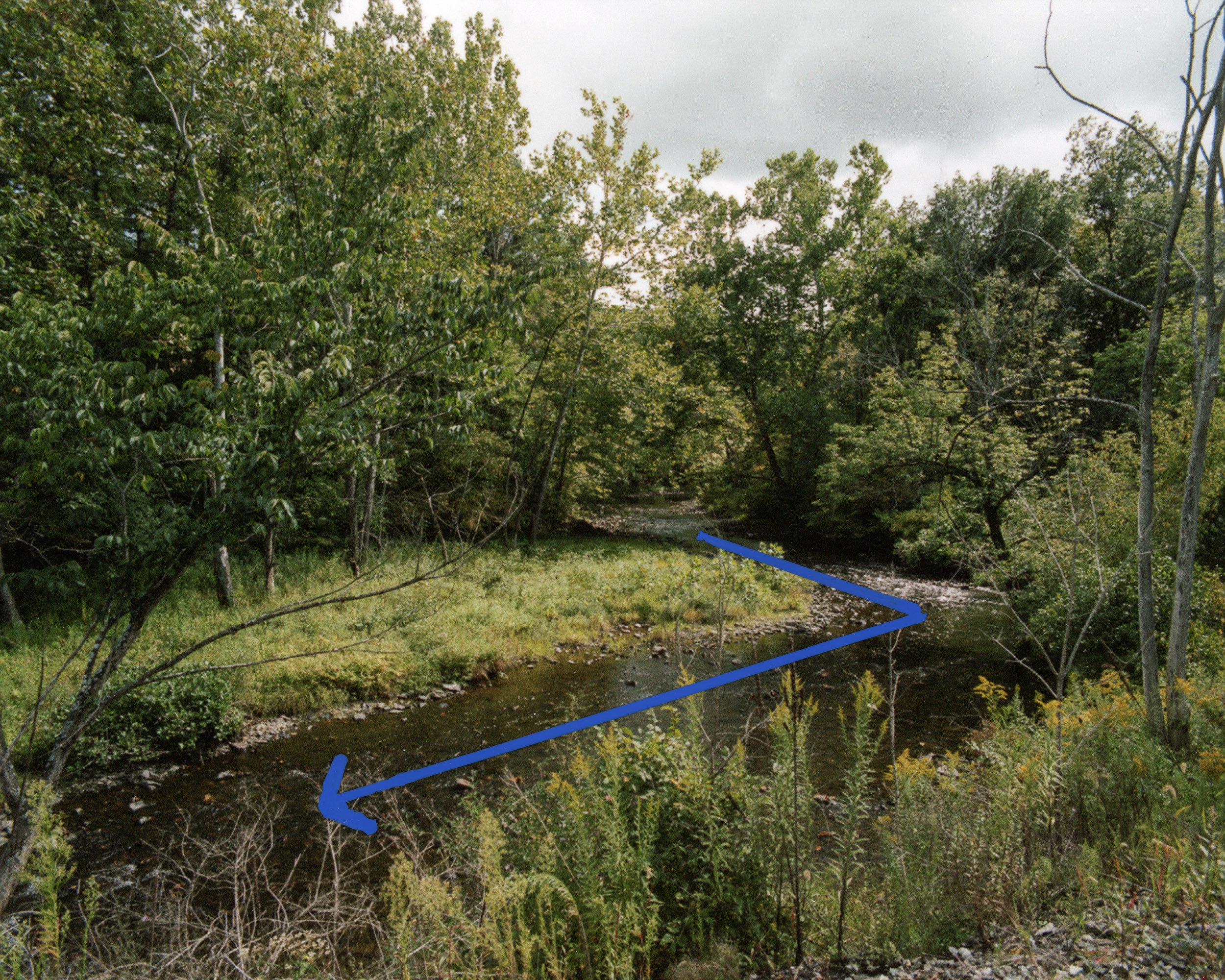

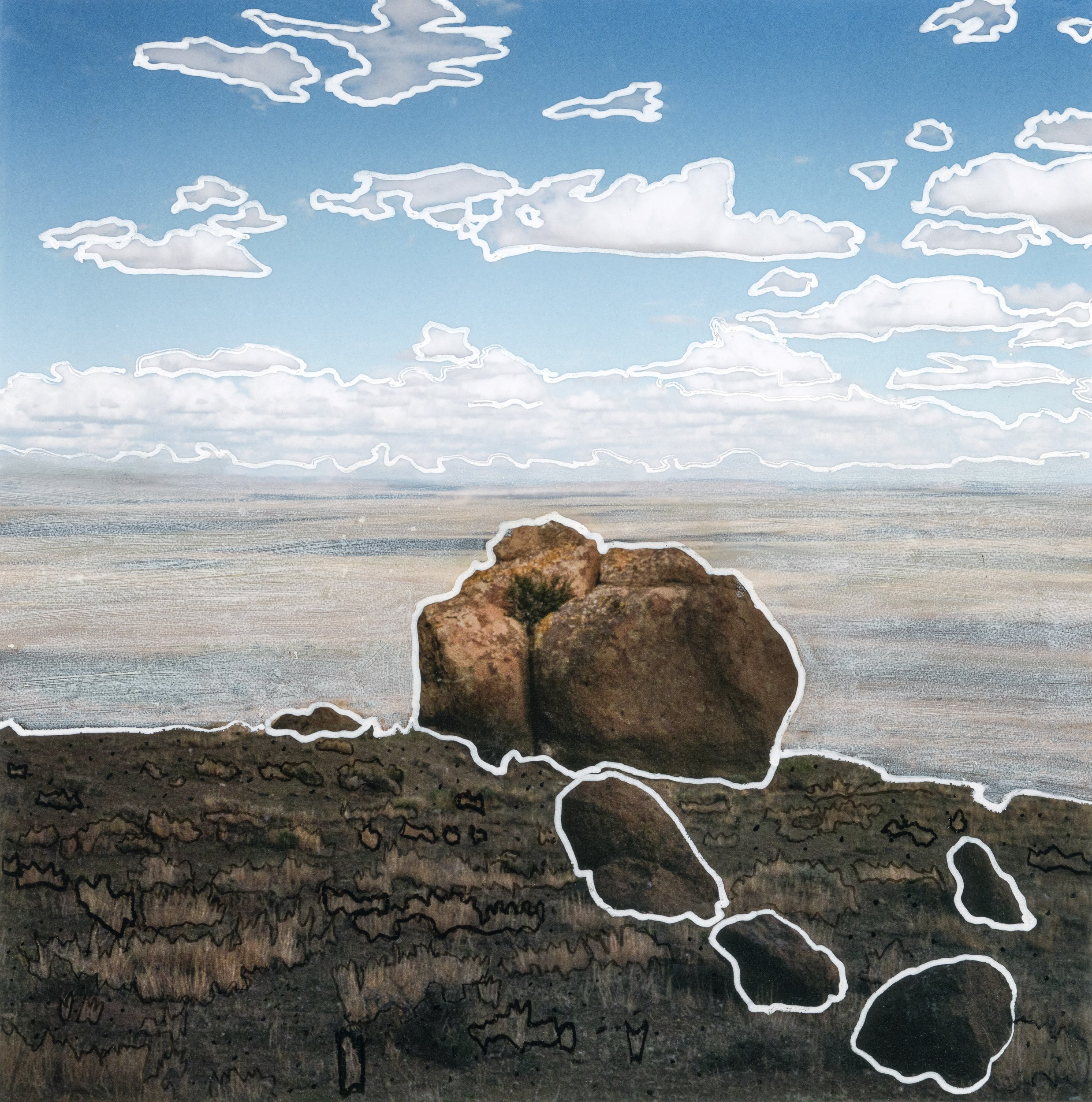
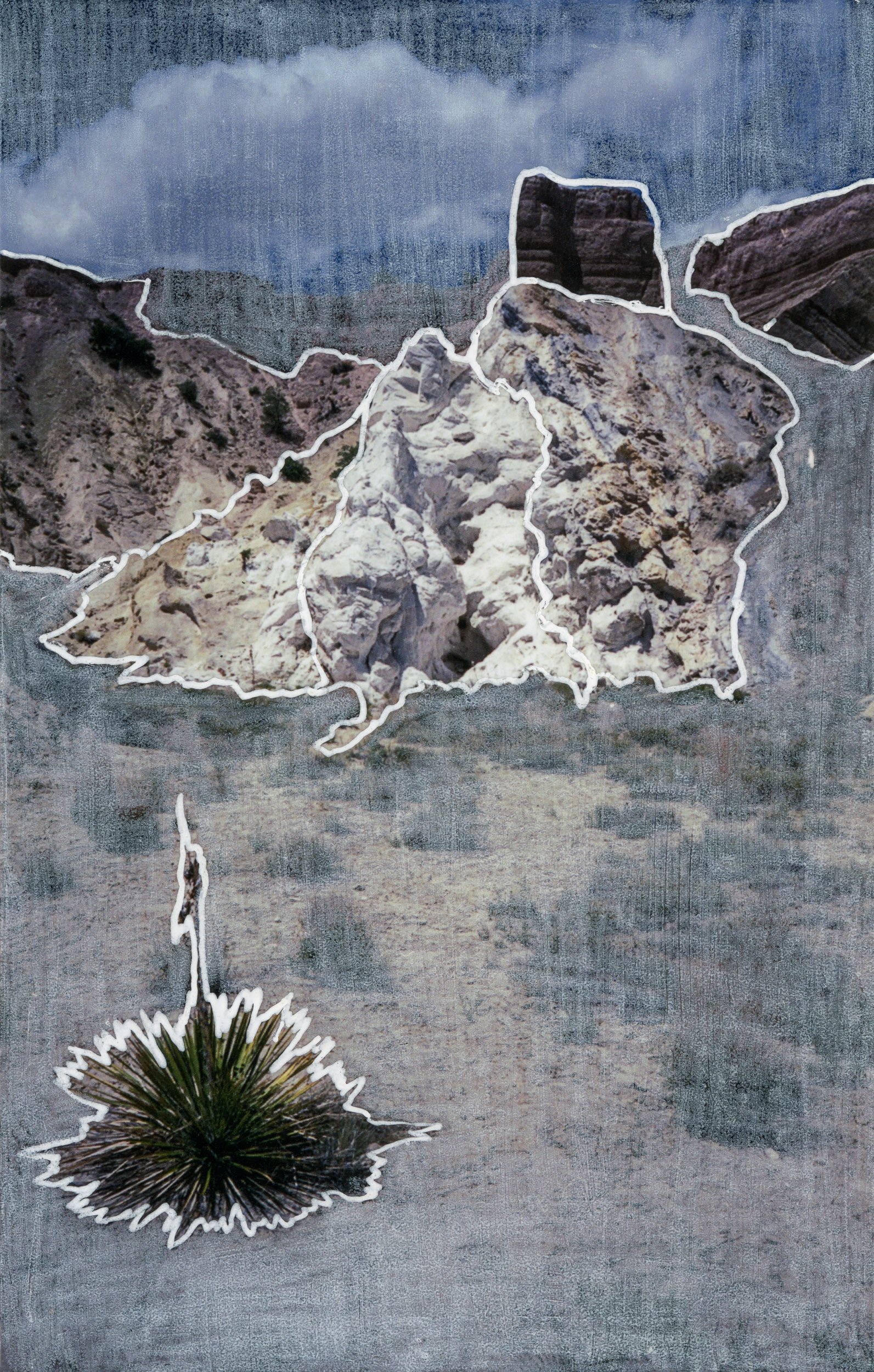
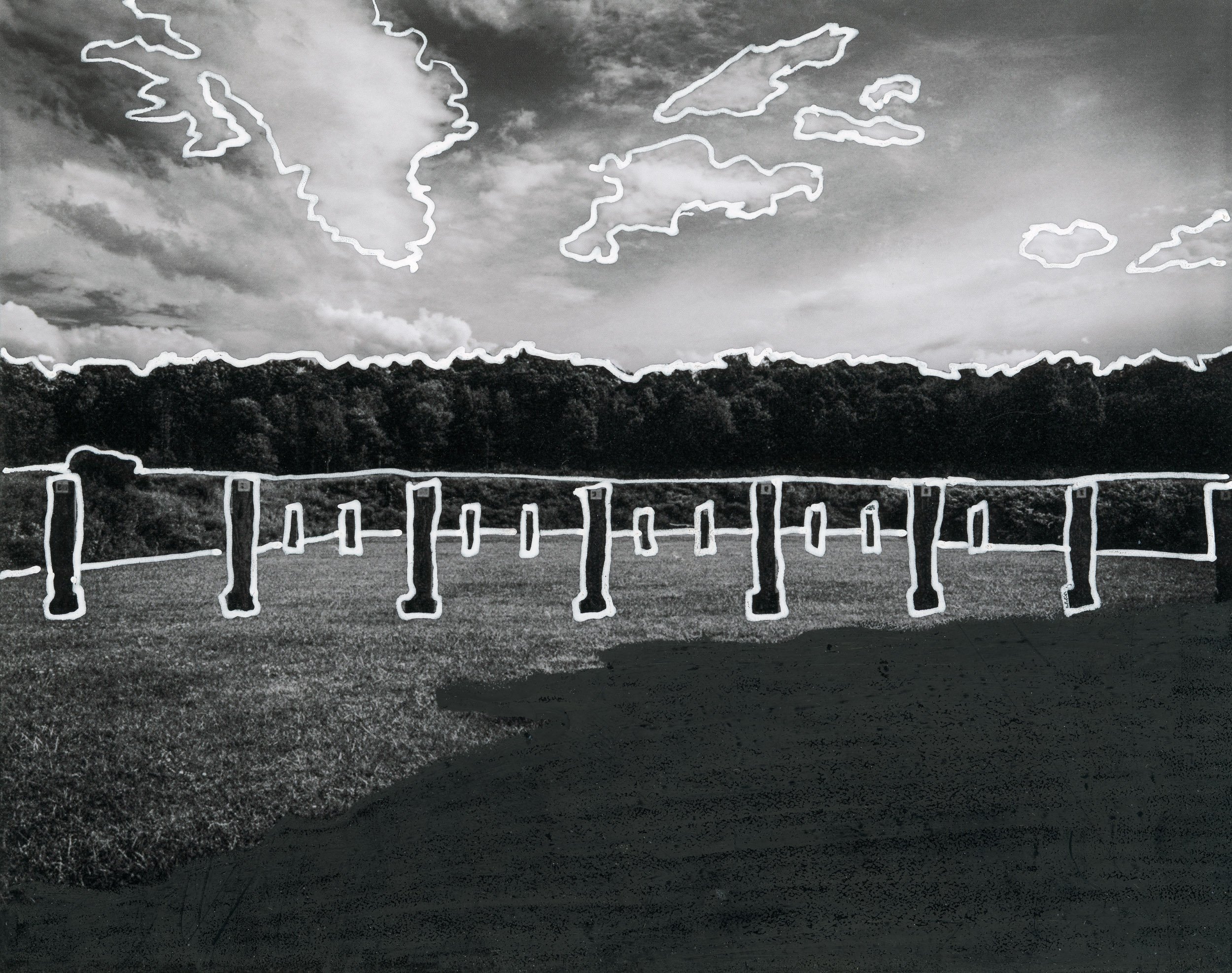
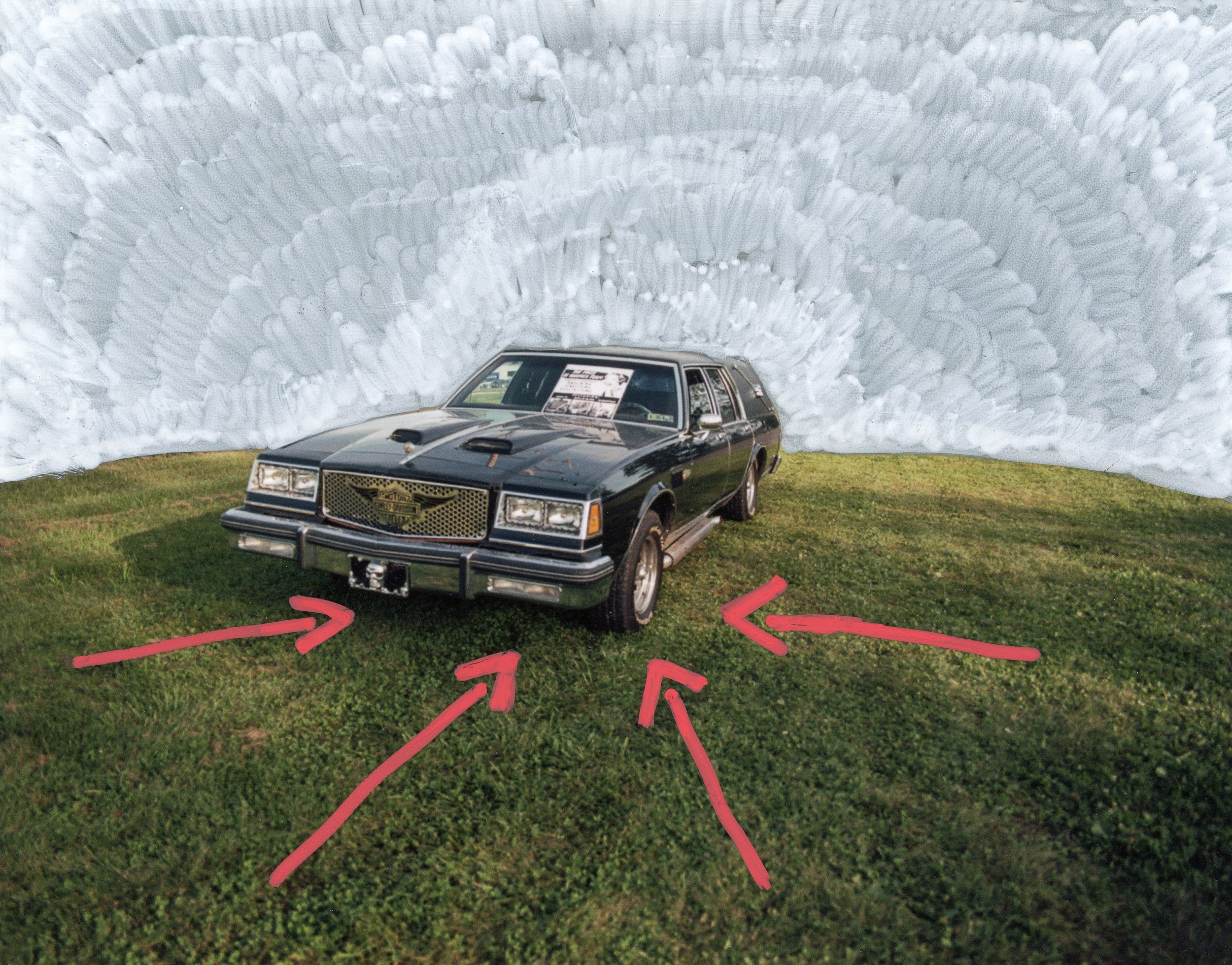
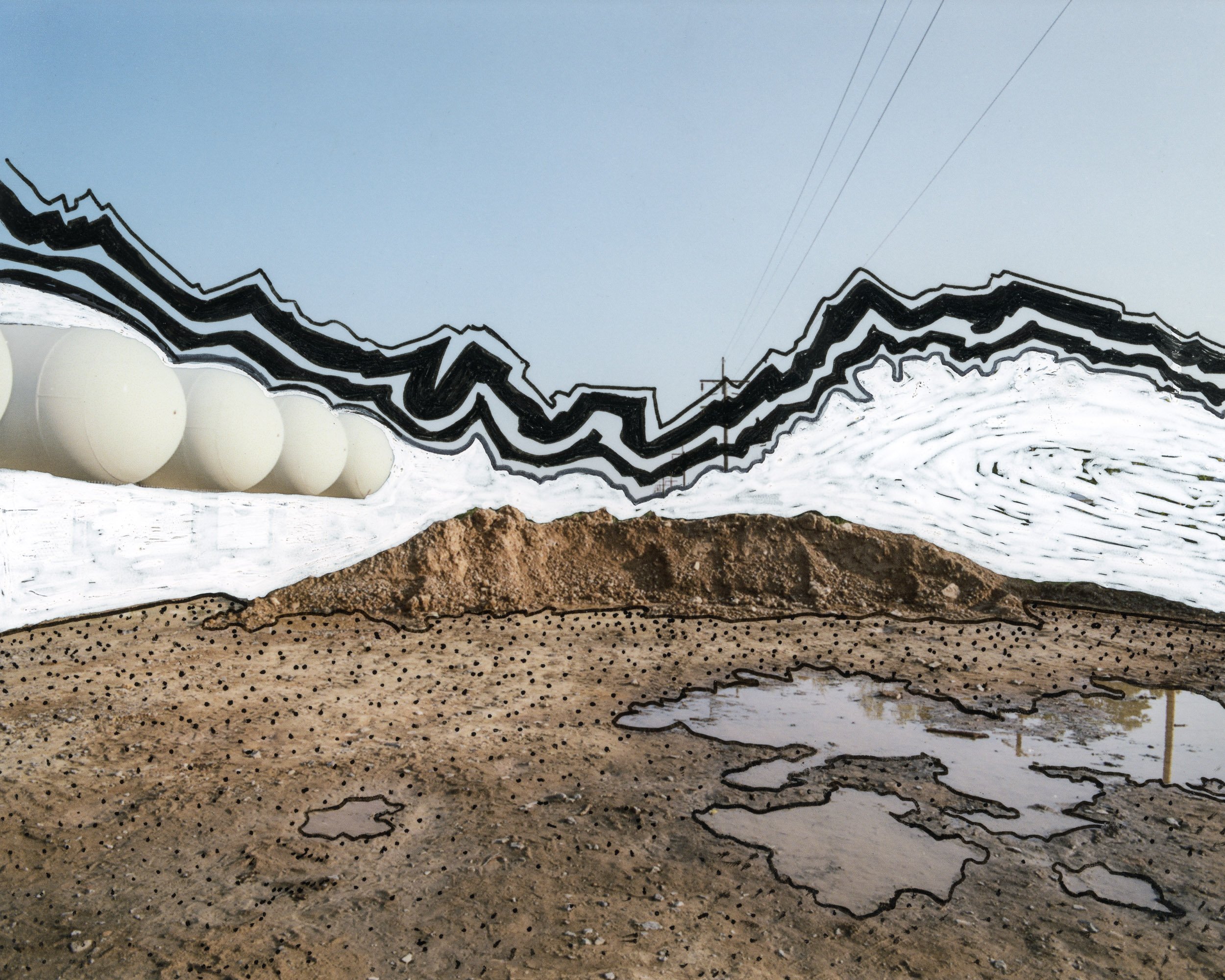

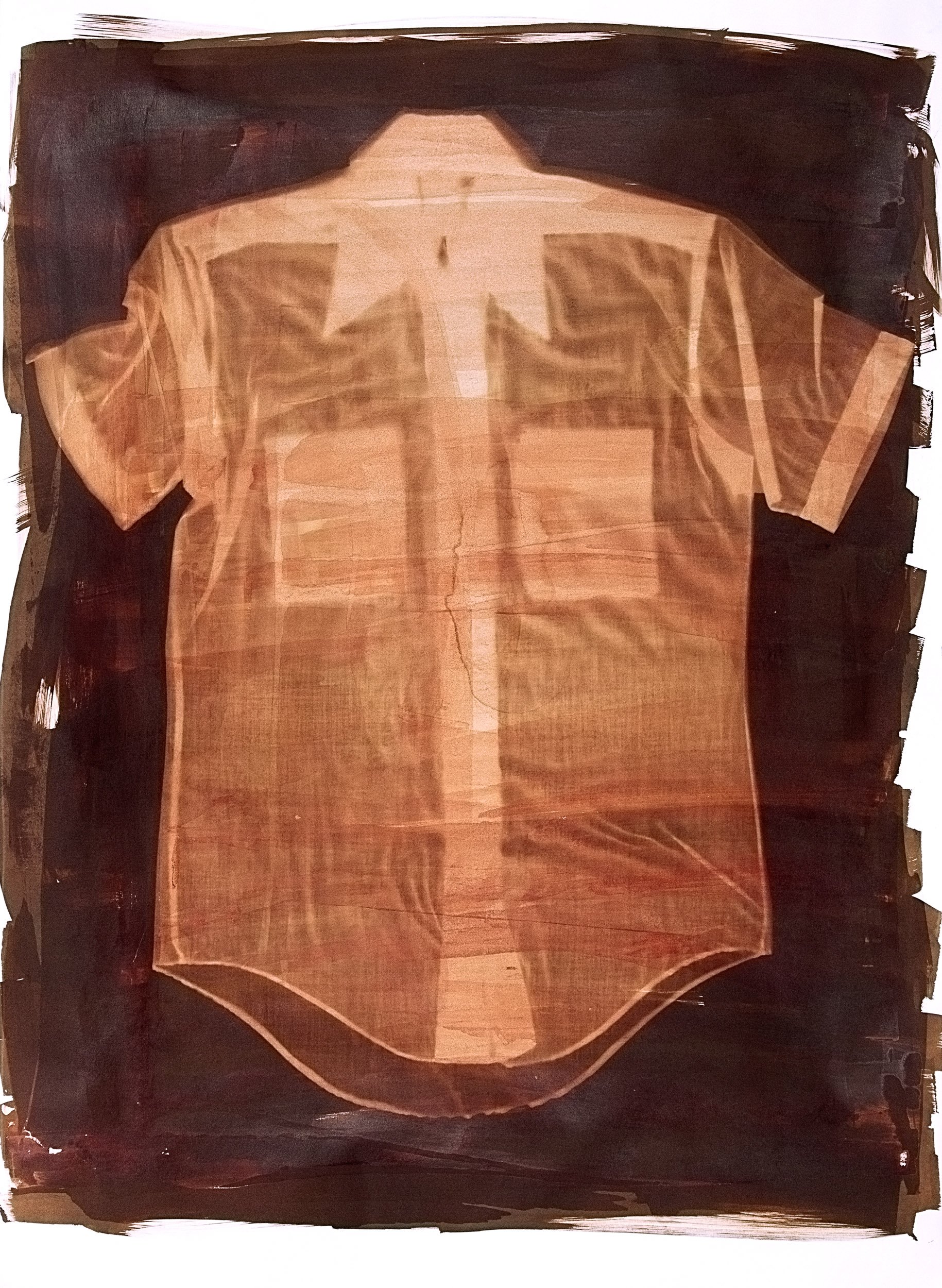


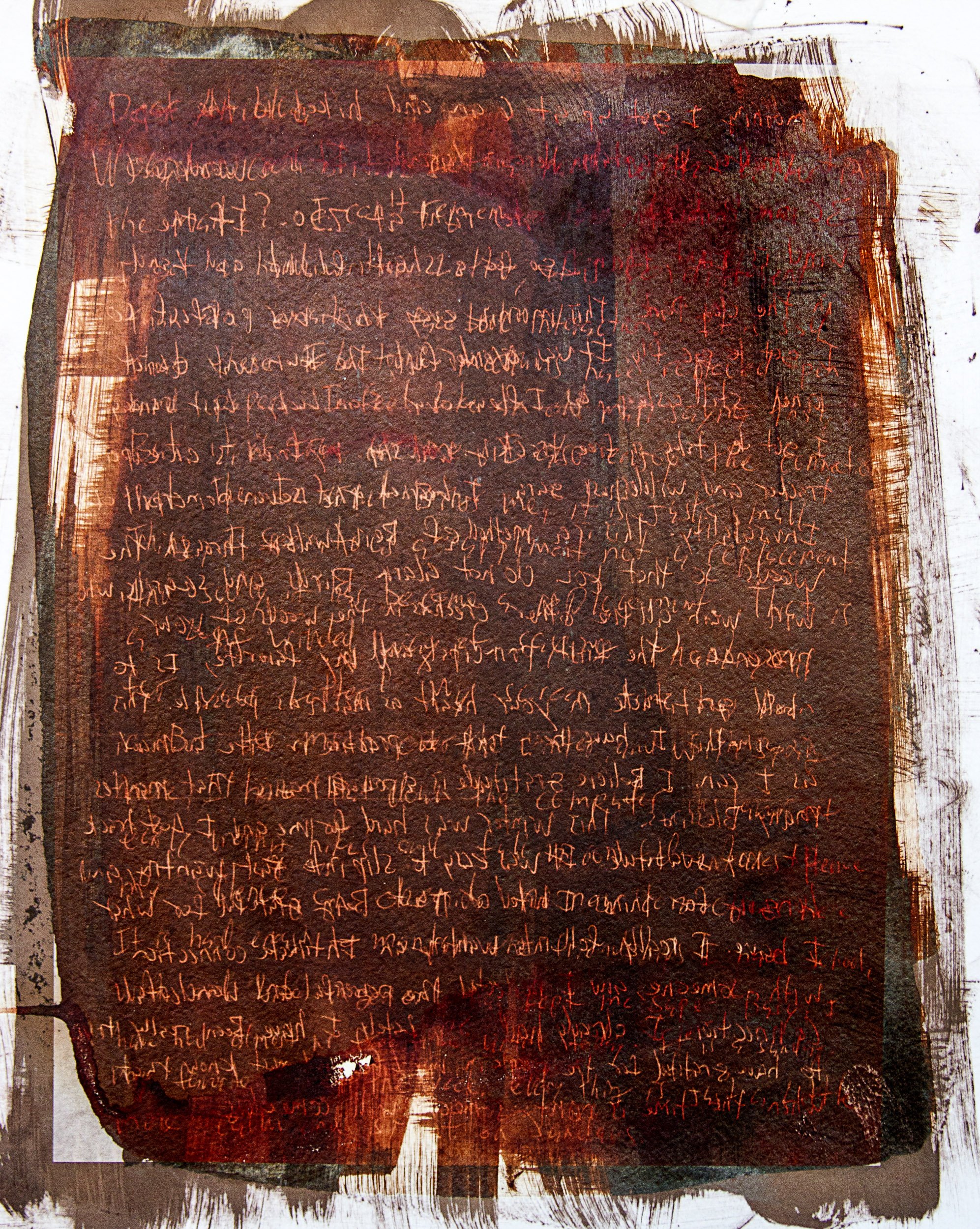
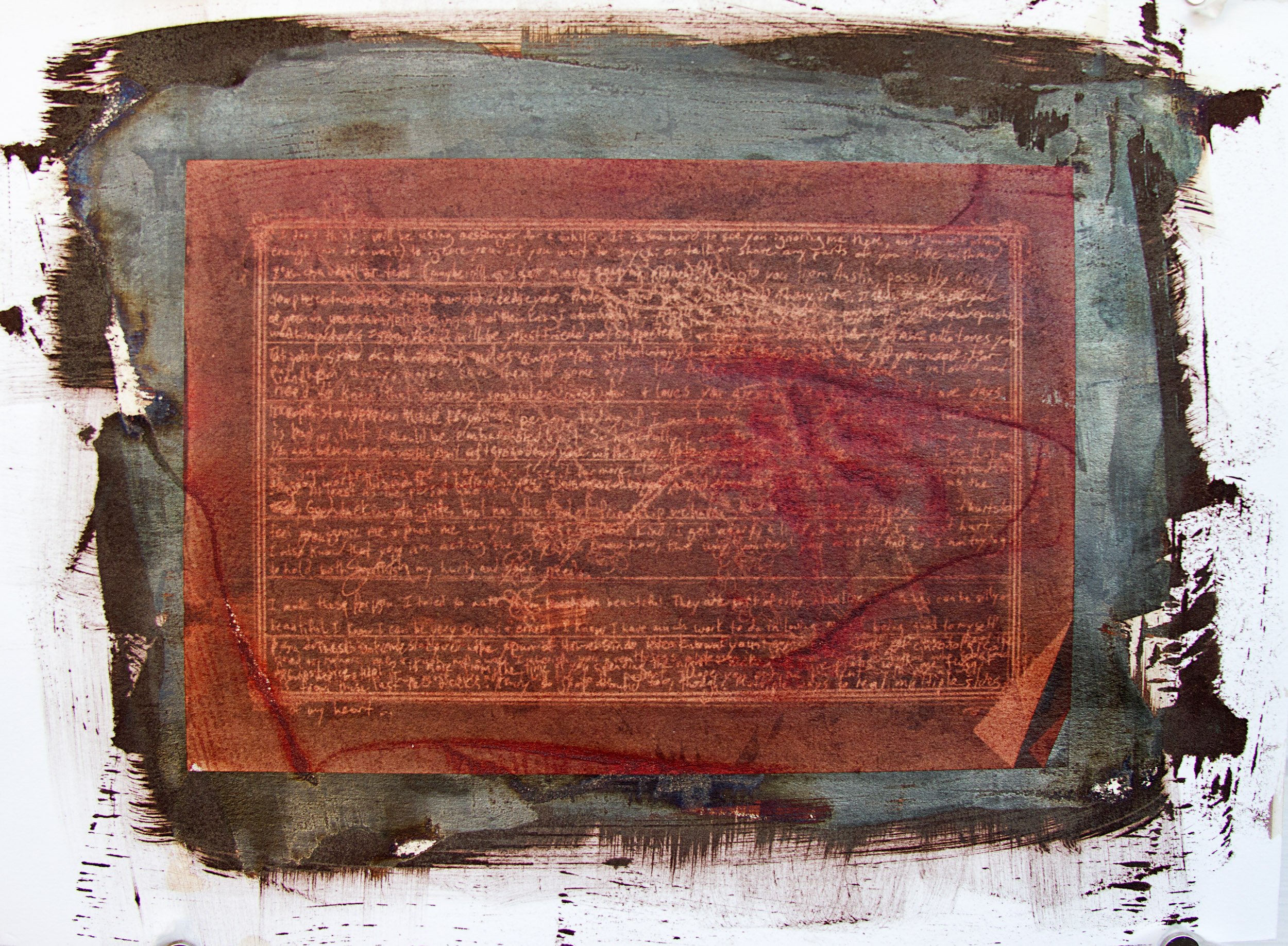
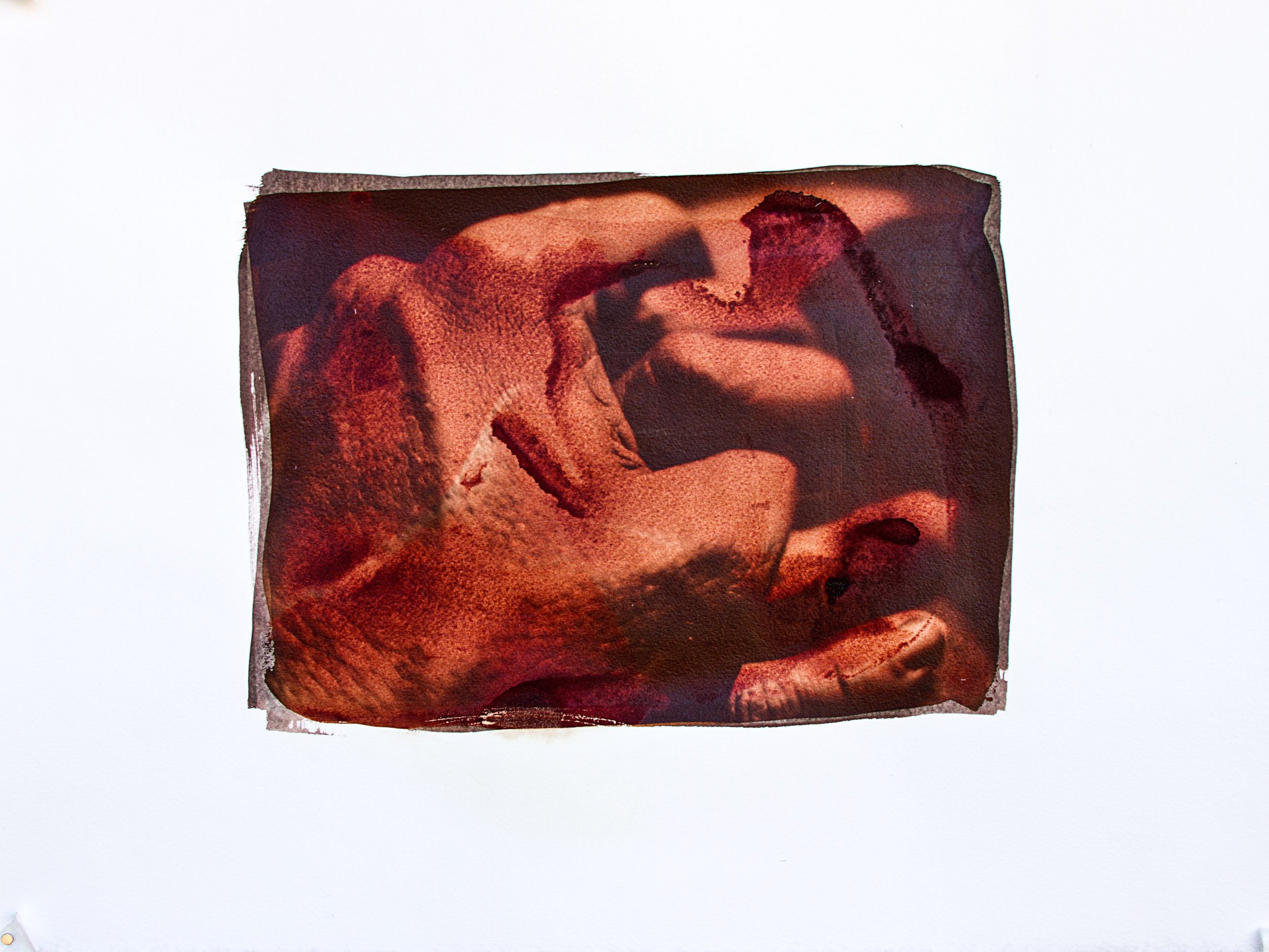
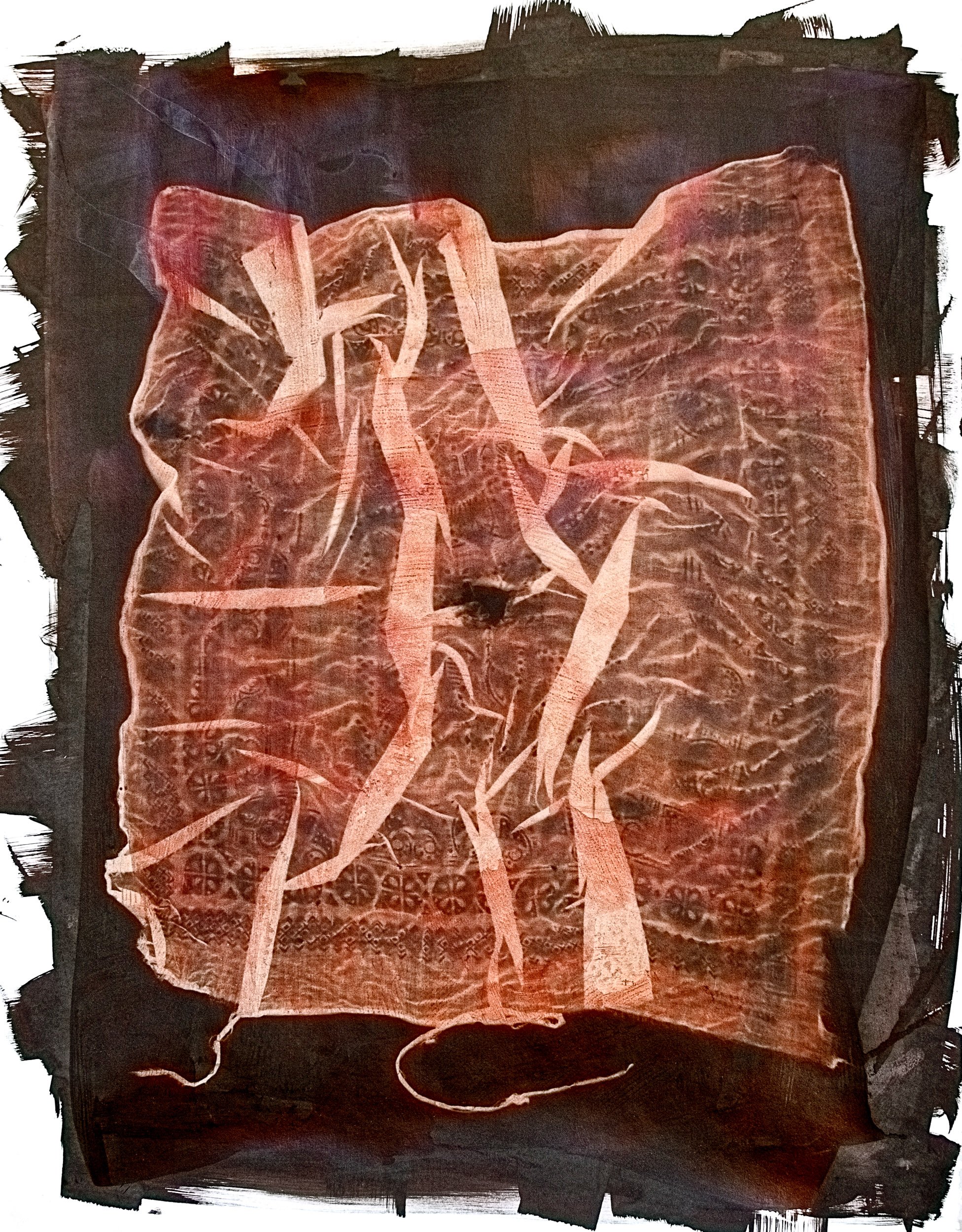
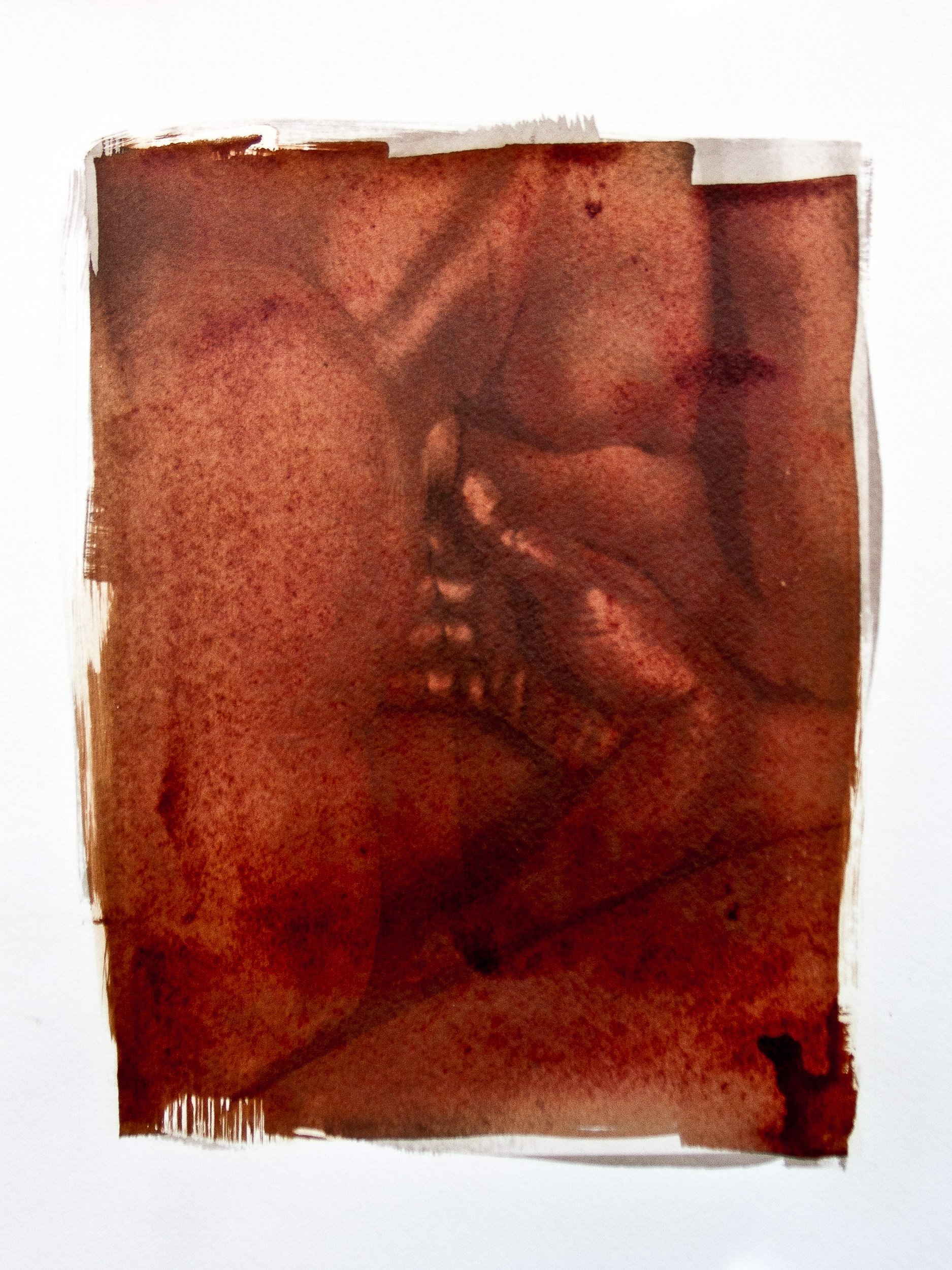
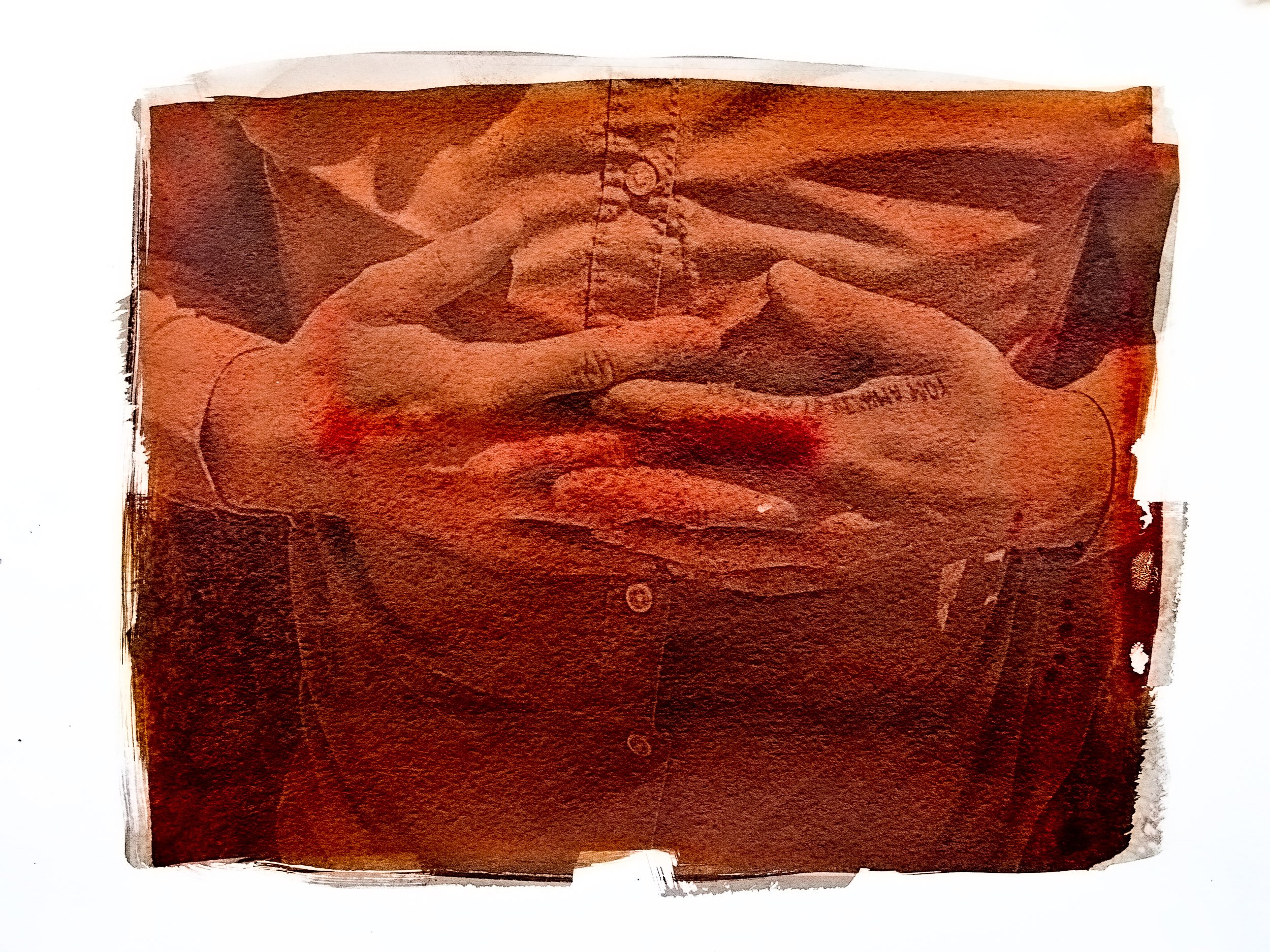
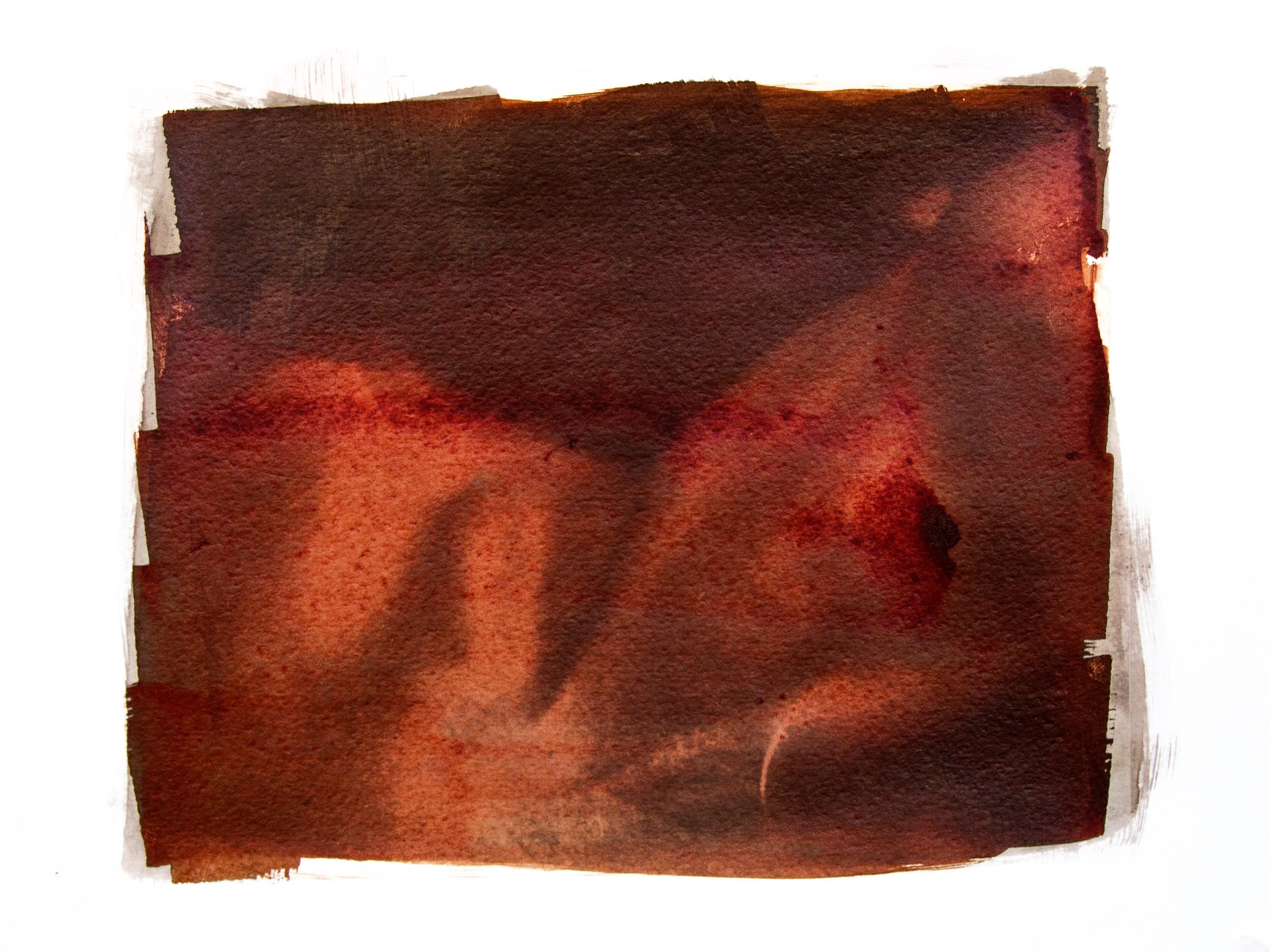
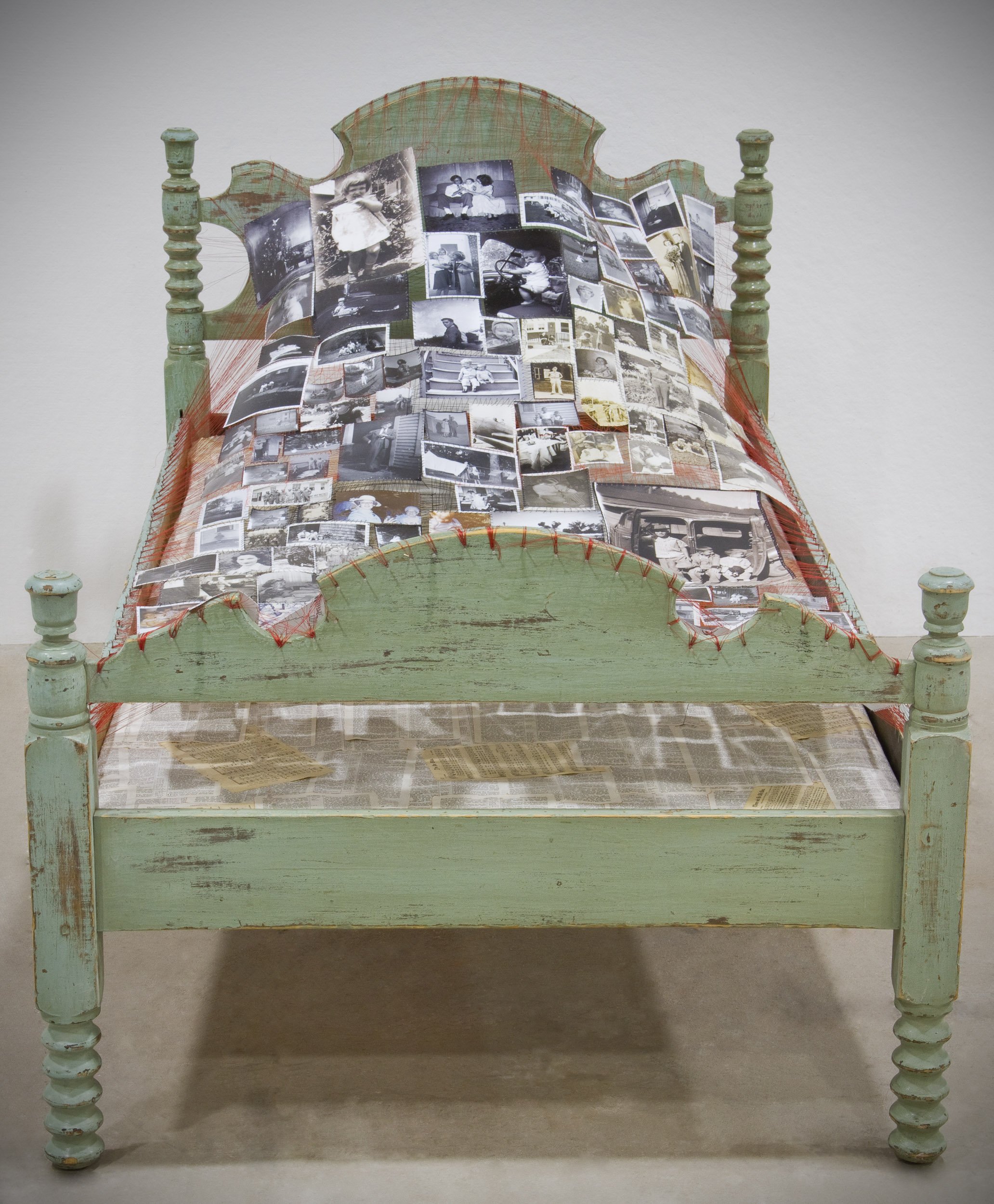
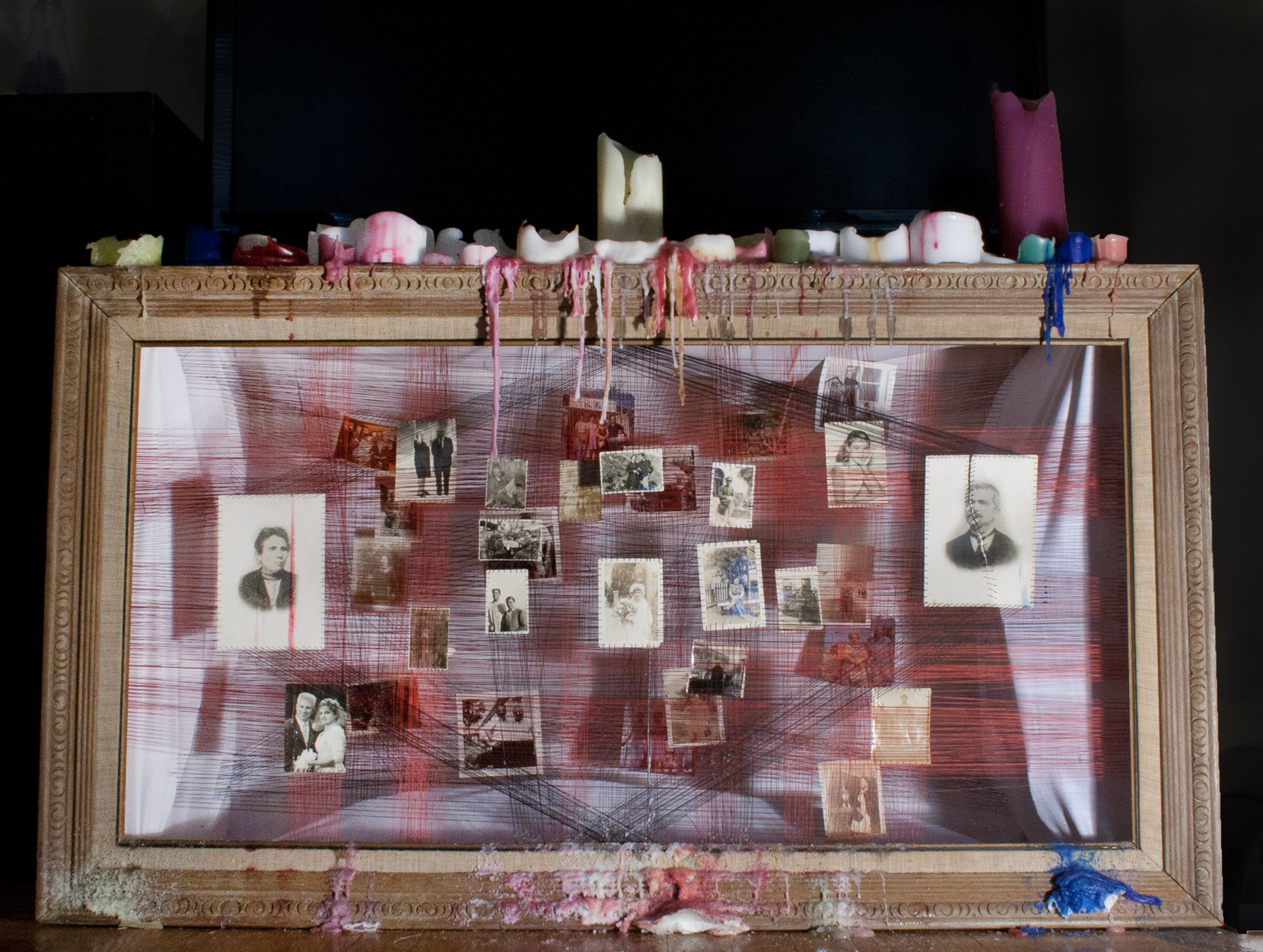

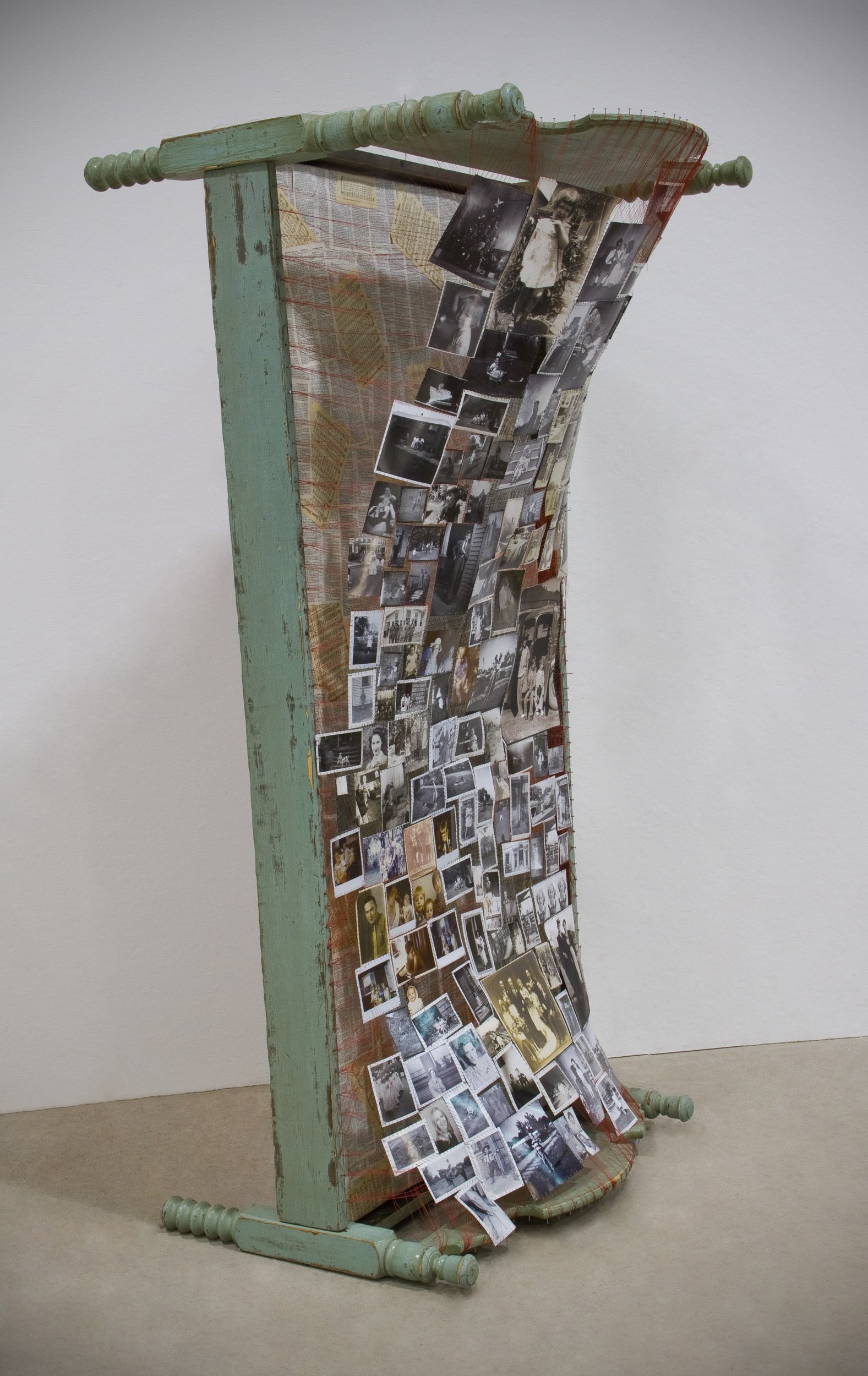
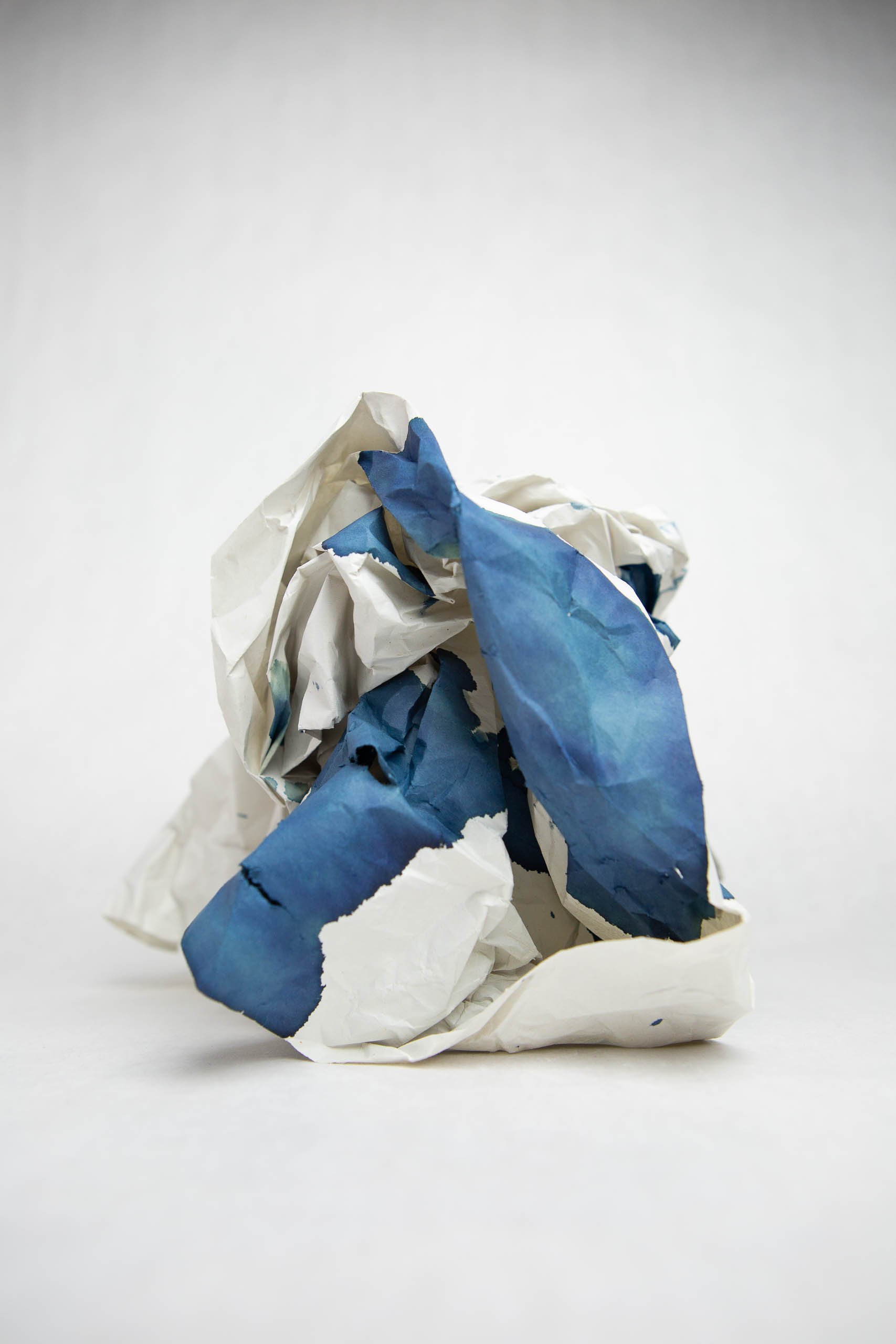

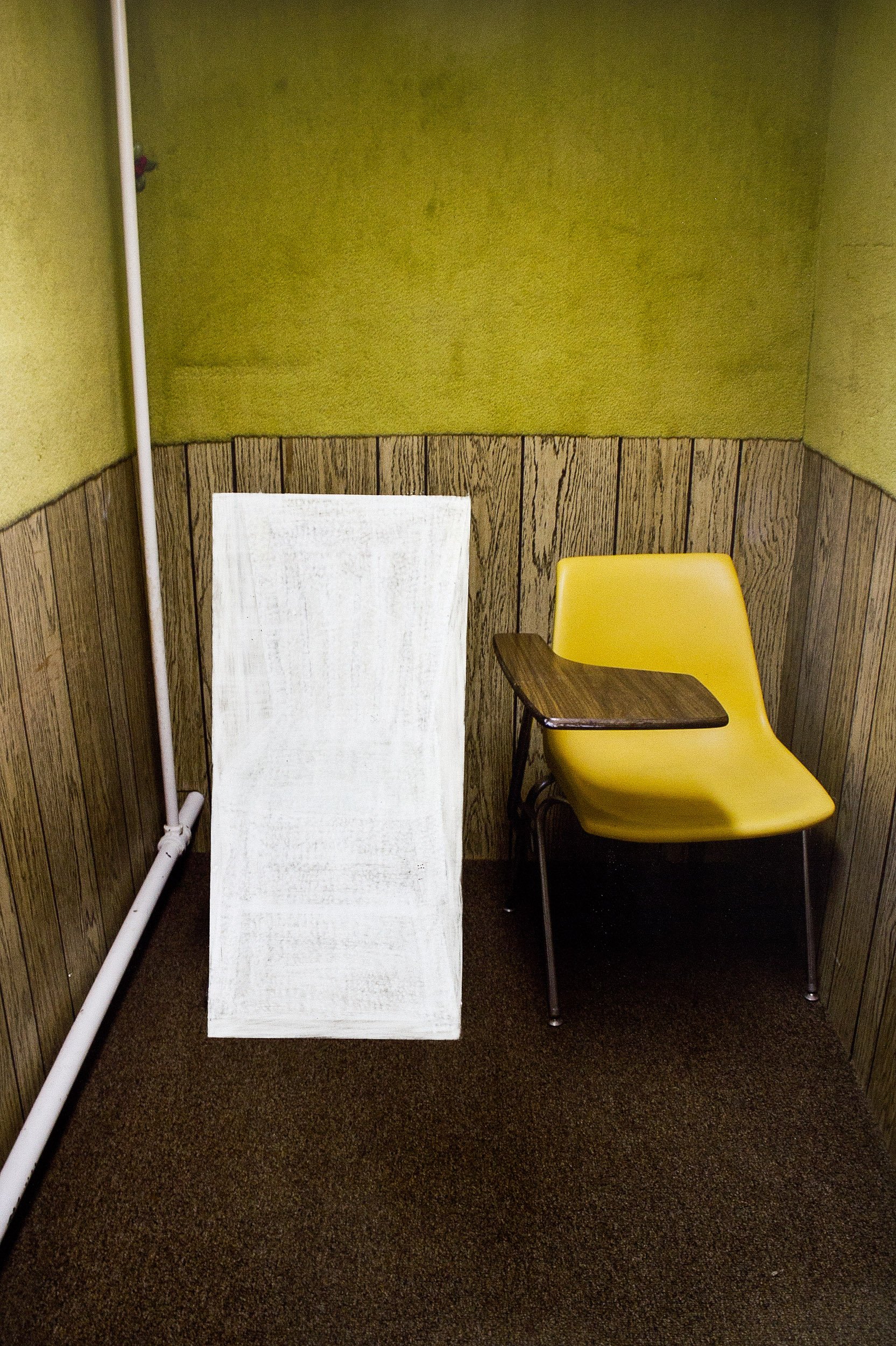
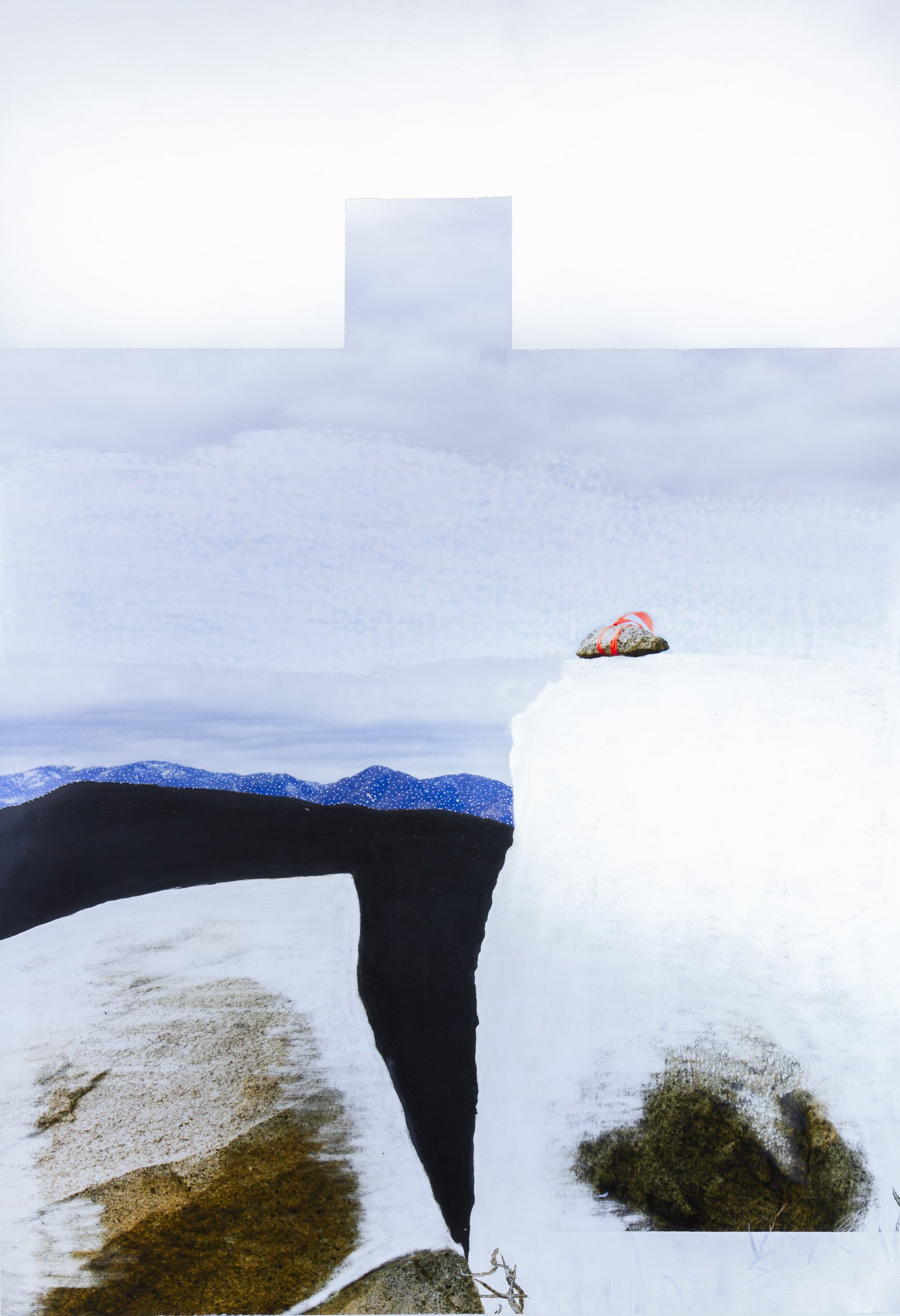
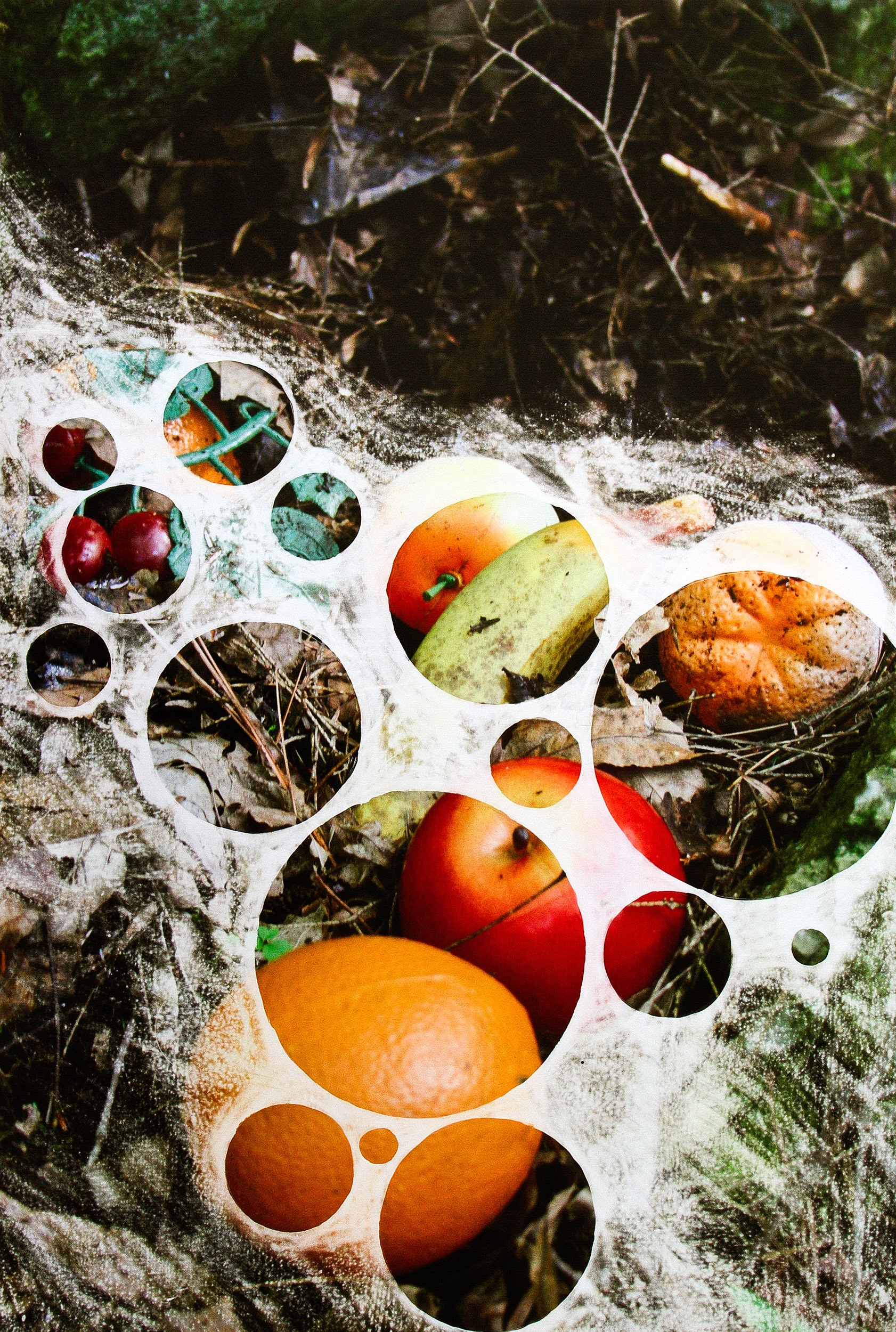
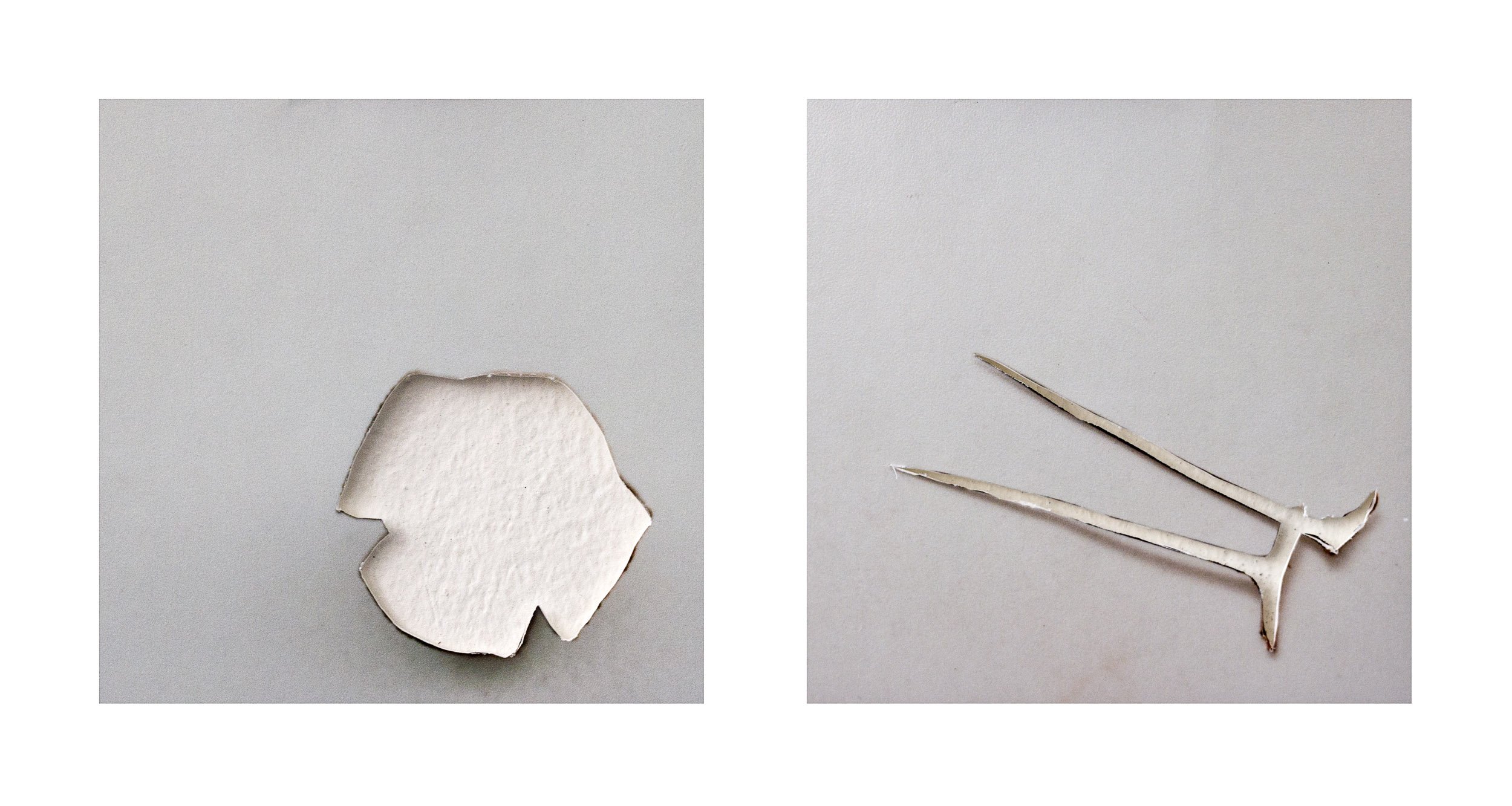
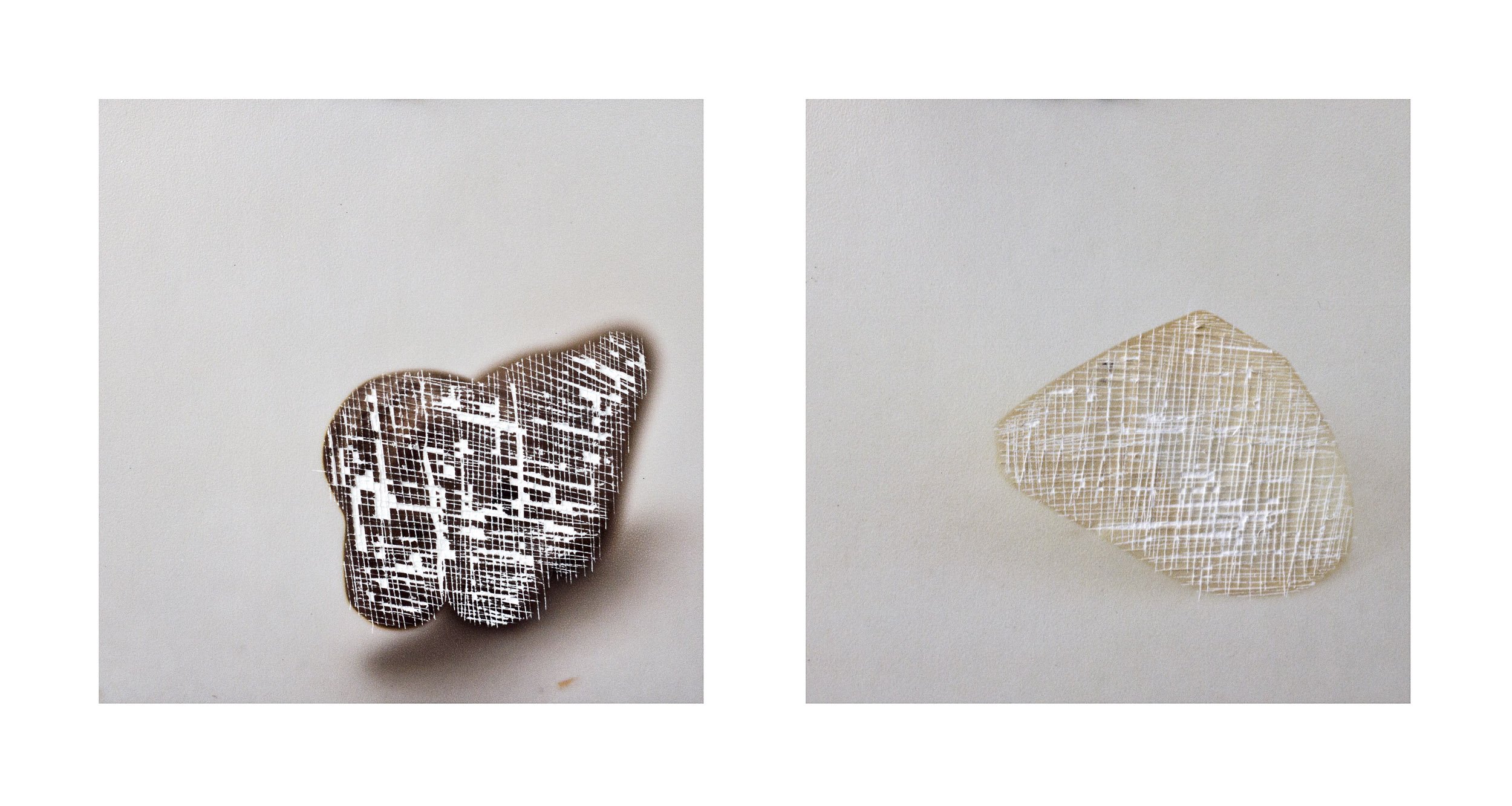

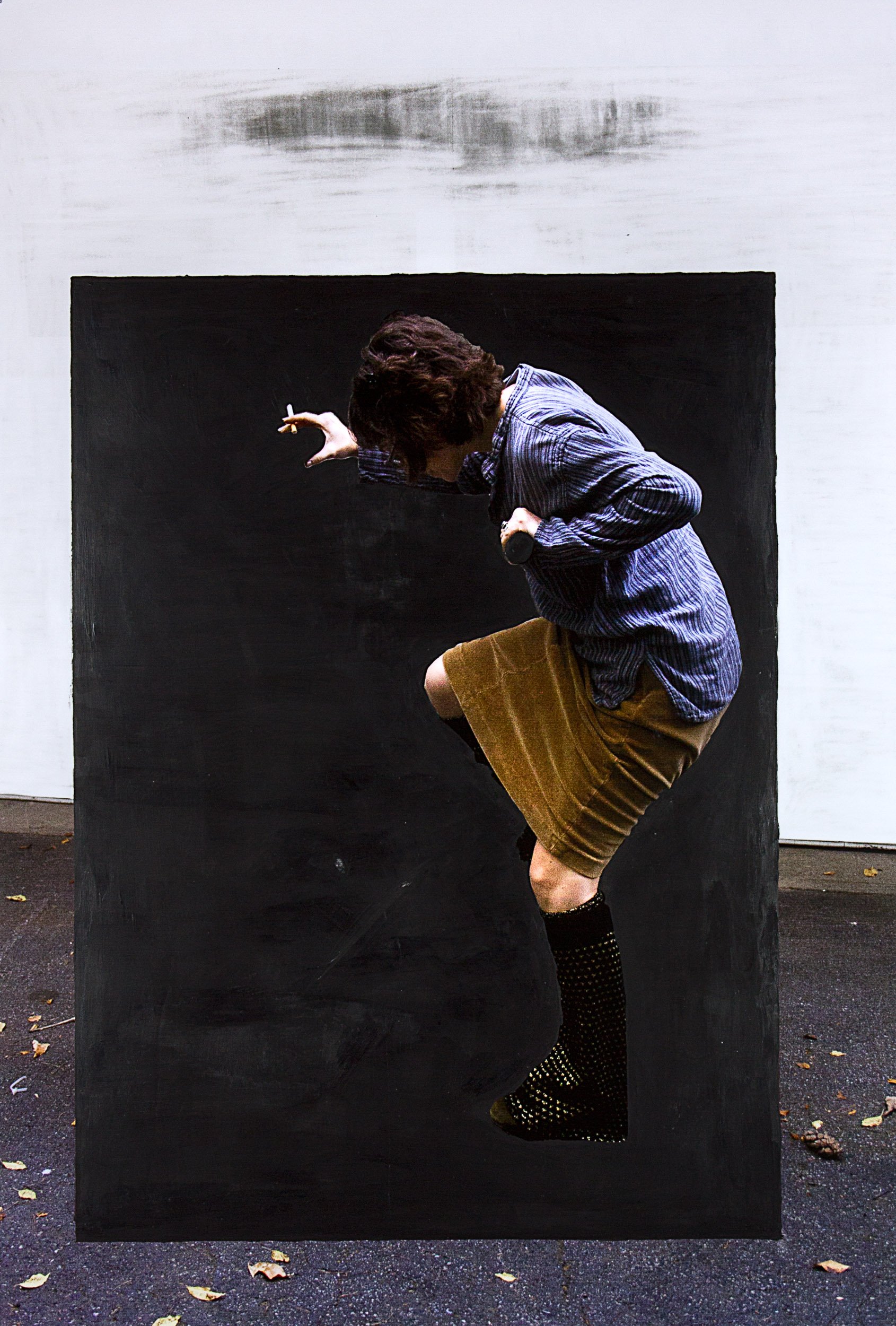

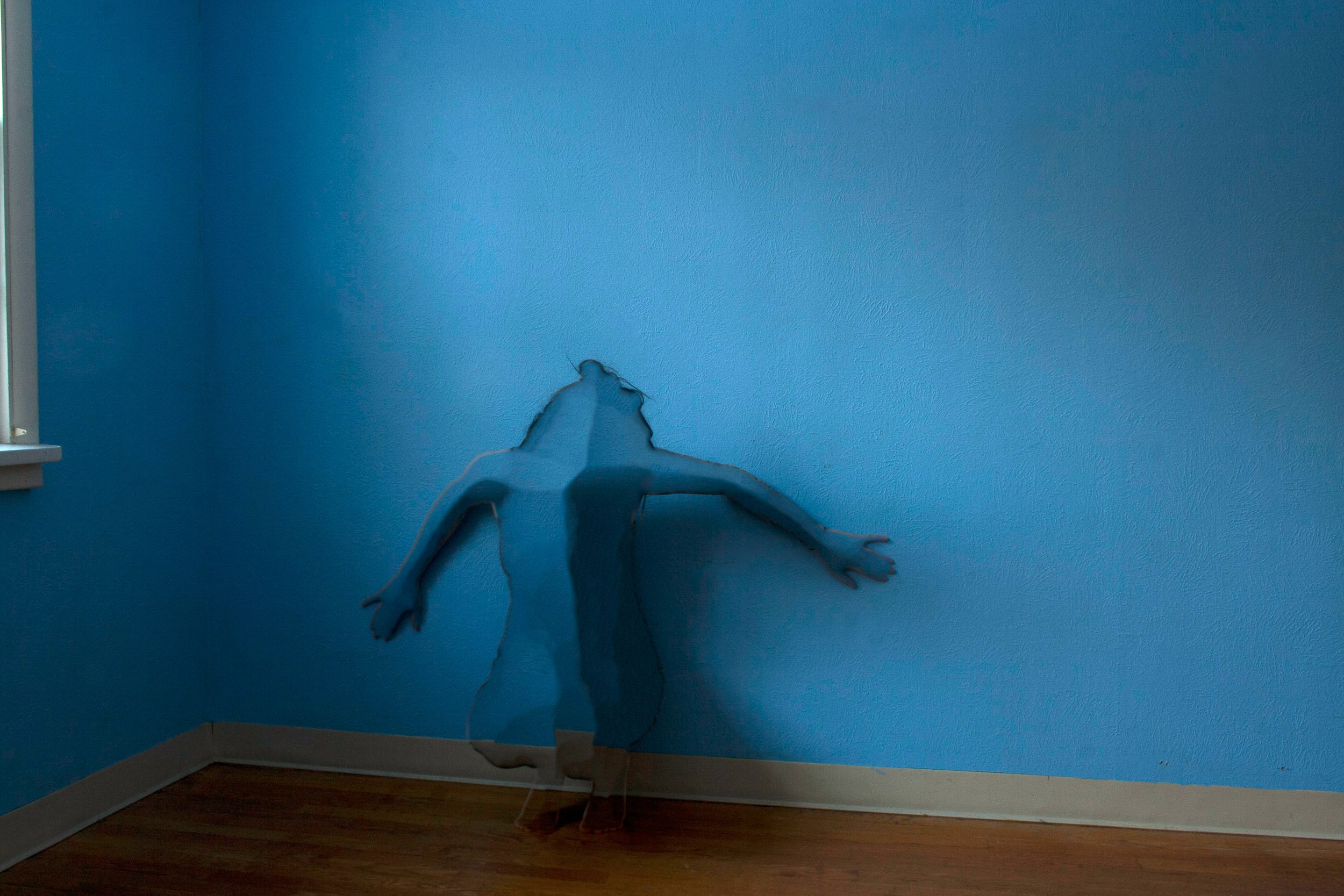
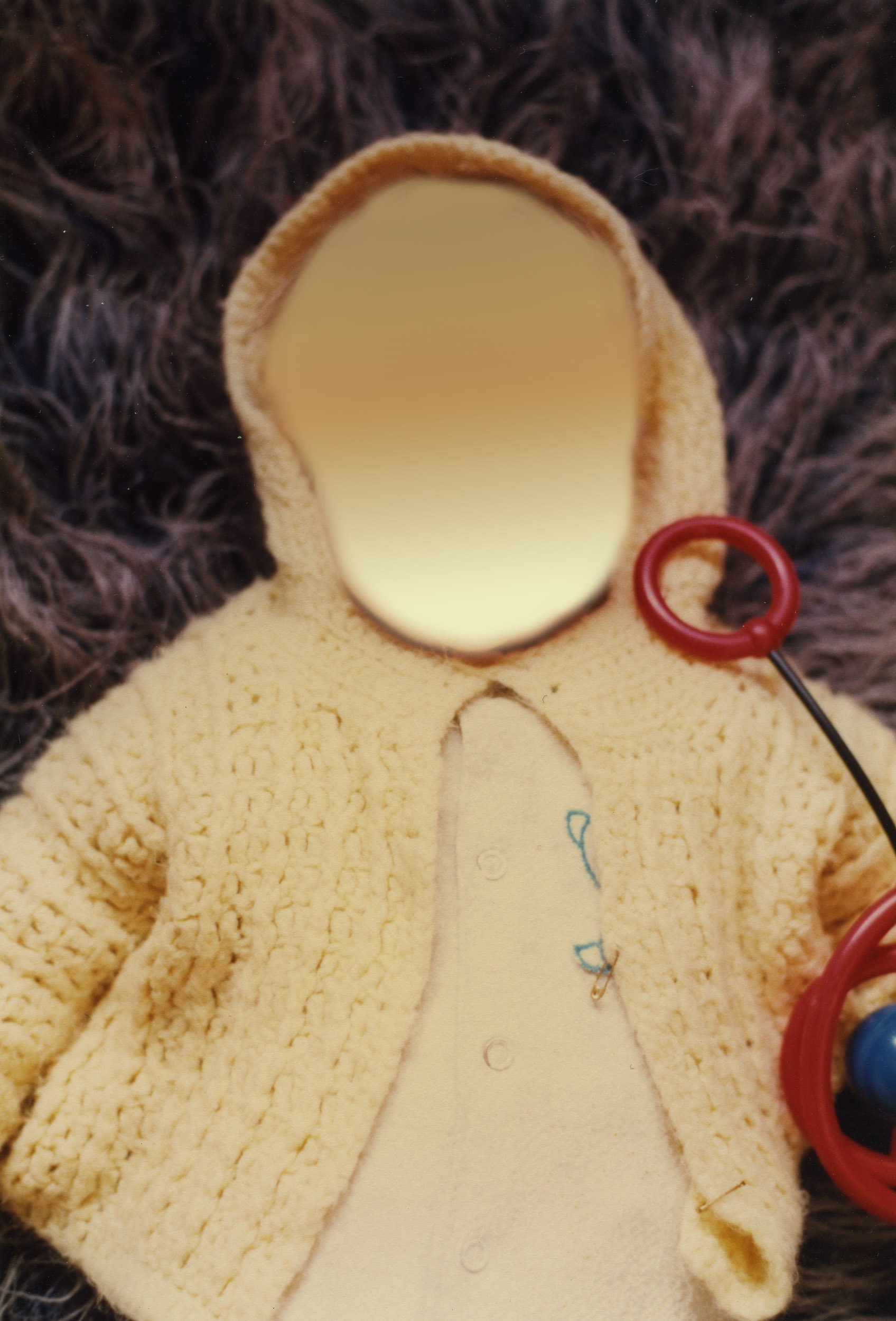
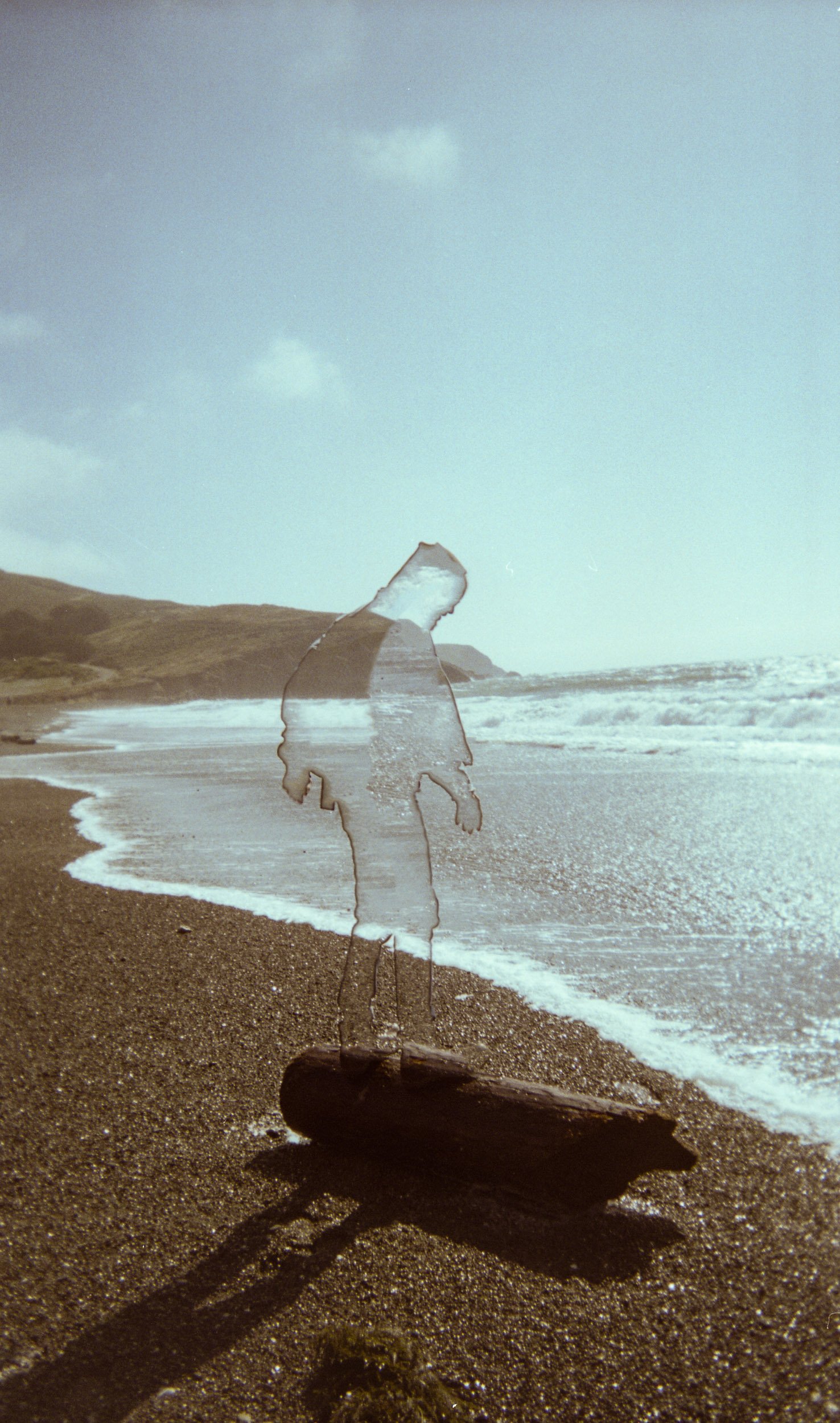
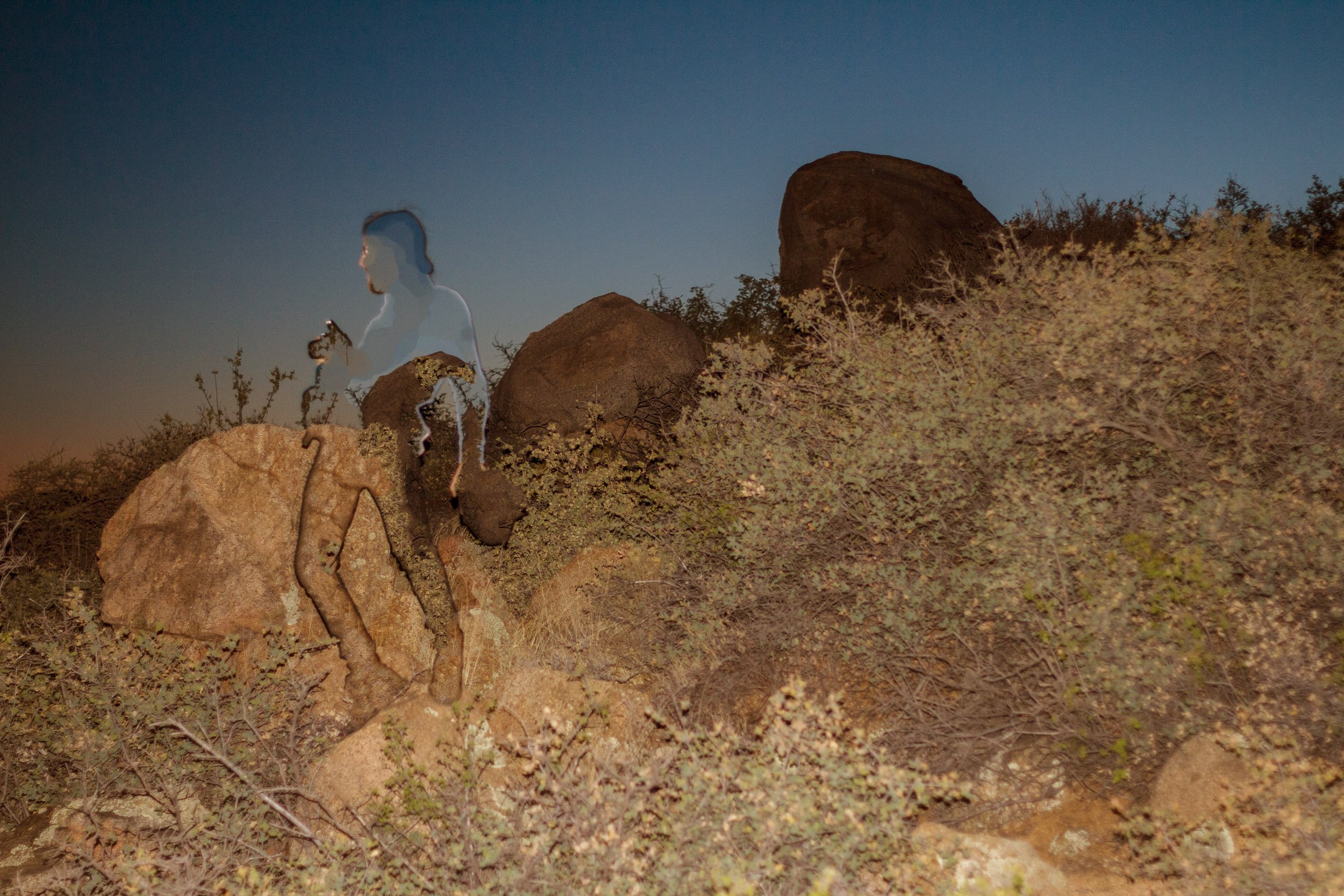

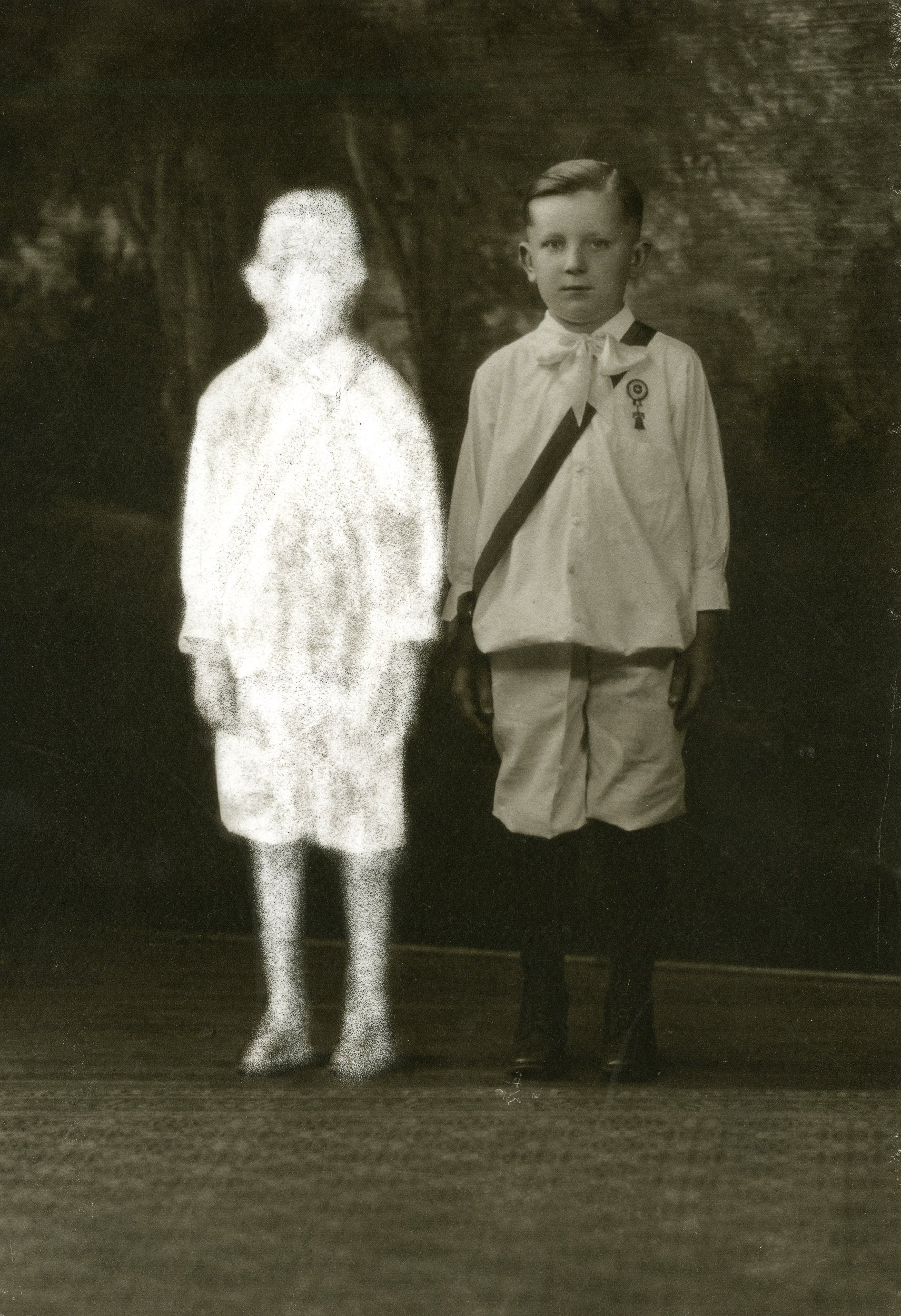
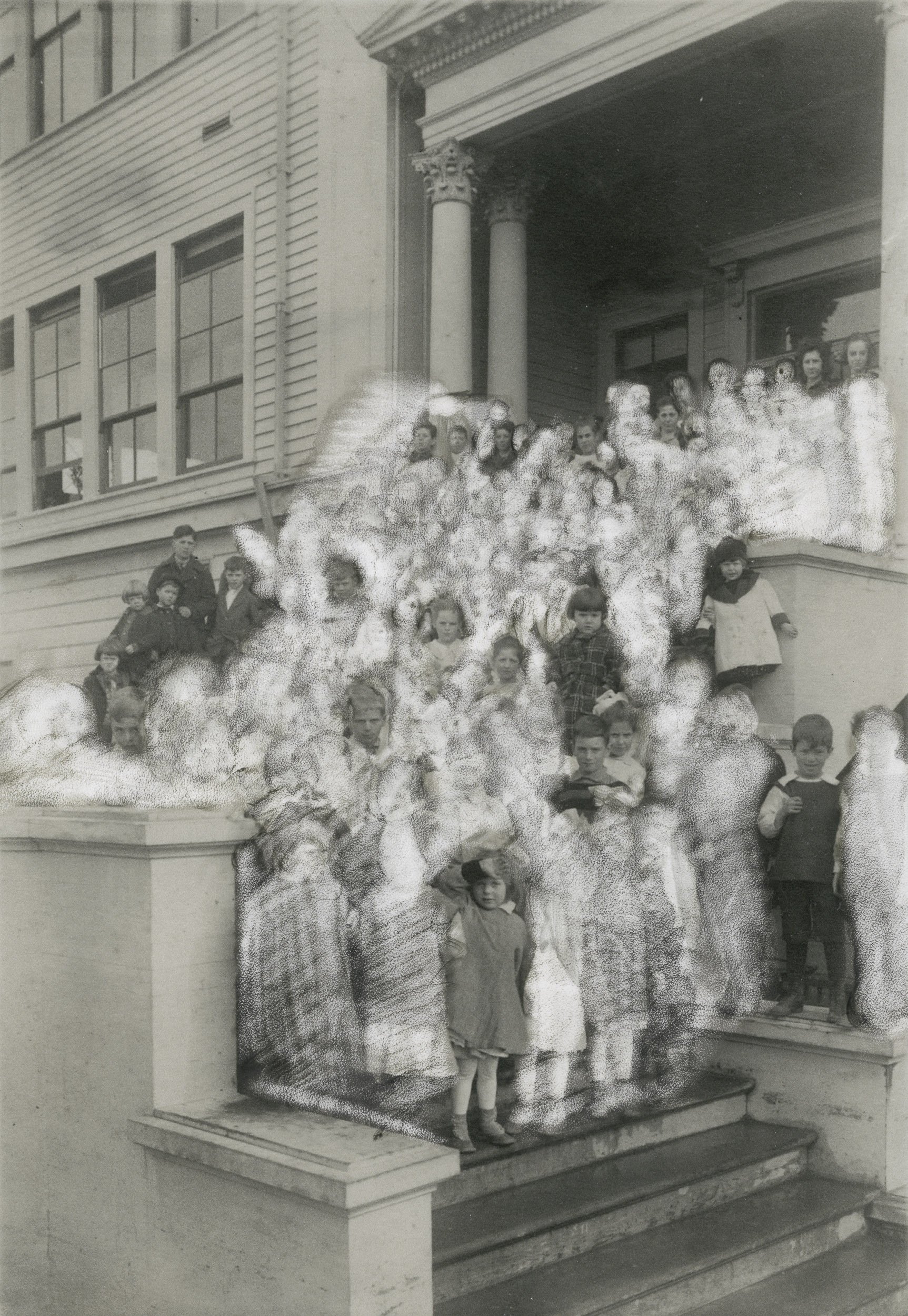


Projects
Trauma Lands
Trauma Lands is an investigative response to the function of landscape photography in American cultural story-telling. Since its invention, photography has been used as a tool of wishful thinking, romanticizing, and subjugation and played heavily in shaping Westward Expansion and the concept of Manifest Destiny. This project visit sites of historic traumas, massacres, internments, significant land disruption, and cultural suppression around the US, focusing on sites that are intentionally misnamed or unmarked. These places are often unassuming, bucolic, and overgrown but, like any place, contain an ineffable mystical quality if one looks hard enough.
Referring to these images as ‘psychedelic’ would not be malapropos. In fact, they refer to a desire to allow the photograph to reveal something concealed within the landscape, previously unseen, an aura, a complexion, a suggestion. Though these color shifts and shapes are purely a result of technical manipulation, these images, do in fact, reveal something hidden within the film. They are incidental collaboration with the medium.
This project investigates ideas about the capacity of land to hold a connection to people and their stories, the role of landscape photography in creating the powerful and destructive myth of the old west, and the artists own connection to both trauma and American landscape.
i was raised in a culture of holy places, of miracles, exorcisms, and dirt & water blessings. it built in me an understanding of the power of landscape to record fragments of the past, both material and spectral.i am fascinated by the idea of a site that holds significance beyond location, and so i search endlessly for the places where streams come together, where strange lights appear in the sky, where rocks are reported to hum, where lives have been created and lost.when I was a child i buried secrets in my backyard, under thick valley soil, overgrown by weeds and wild flowers. there were secret words i would say before i relinquished them into the ground, these boxes of river stones, moss, broken beads, fossils, sticks that looked like animals. i thought i could return to these treasures whenever i needed them but the maps that i drew never led me back.these small photographs are the maps that lead me back to a point of personal history, to buried treasure of experience, though like my maps of childhood, time and distance have made them inaccurate. these are places haunted by recollections; places where i've floated and laughed and bled. they are stand-ins for circumstances to which i can never return and memories altered by recognition.i use these photographs as a platform for catharsis, alteration as deliverance from moments i could just as well move on from. i use mark-making as a meditation, gestural magic to honor a location of personal significance. my attempts to integrate the moments into a concept of present reality.
mnemonic saliency & the letting go
Sanguinary is a collection of salt print photographs made from my blood, in response to the anxieties about ineffectual bids for intimacy and the intergenerational trauma wound tight together throughout my personal history. The images refer to specific moments of cognitive dissonance experienced through the perception of my failures and losses in regard to intimacy. These photographs are an attempt to bridge the gaps between myself and the people I love; they are also a physical catalog of that ultimate impossibility.
Merriam-Webster’s definition of sanguinary as, “attended by great bloodshed”, elicits impressions of pain, loss, and death but this word also bears a connotation of stillness in its phonetic resemblance to the word sanctuary, a place of refuge. In many cultures blood is considered the sacred life force within a person. It is the physical vehicle of healing, while at the same time remaining the visual analog to death. I am interested in this dichotomy as it refers to the state of emotional vulnerability and the complex desire for physical consumption of the other in the face of intimacy. I explore the way in which we use photographs as method of connection over distances of both time and space while being completely aware of the ultimate inability of the photograph to contain the person or memory that we desire so much. I use blood as an attempt to both represent and heal the wounds of loss in my own past and provide a very tangible connection to the viewer, both sacred and profane.
I adapted this method of blood-printing from the salt print formula developed by Talbot in the 1830’s; one of the first photographic processes, from a time when photography might still have been confused with alchemy. It is pure coincidence that blood has the same saline content as Talbot’s original formula.
These blood prints range in size from 8”x10” to 30”x40” .
Sanguinary
definition of absence
noun
ab·sence | \ ˈab-sən(t)s \
: a state or condition in which something expected, wanted, or looked for is not present or does not exist : a state or condition in which something is absent
: a failure to be present at a usual or expected place : the state of being absent
: the period of time that one is absent
3: inattention to present surroundings or occurrences
Erased
Abstracts
unattached
where everything else lives



